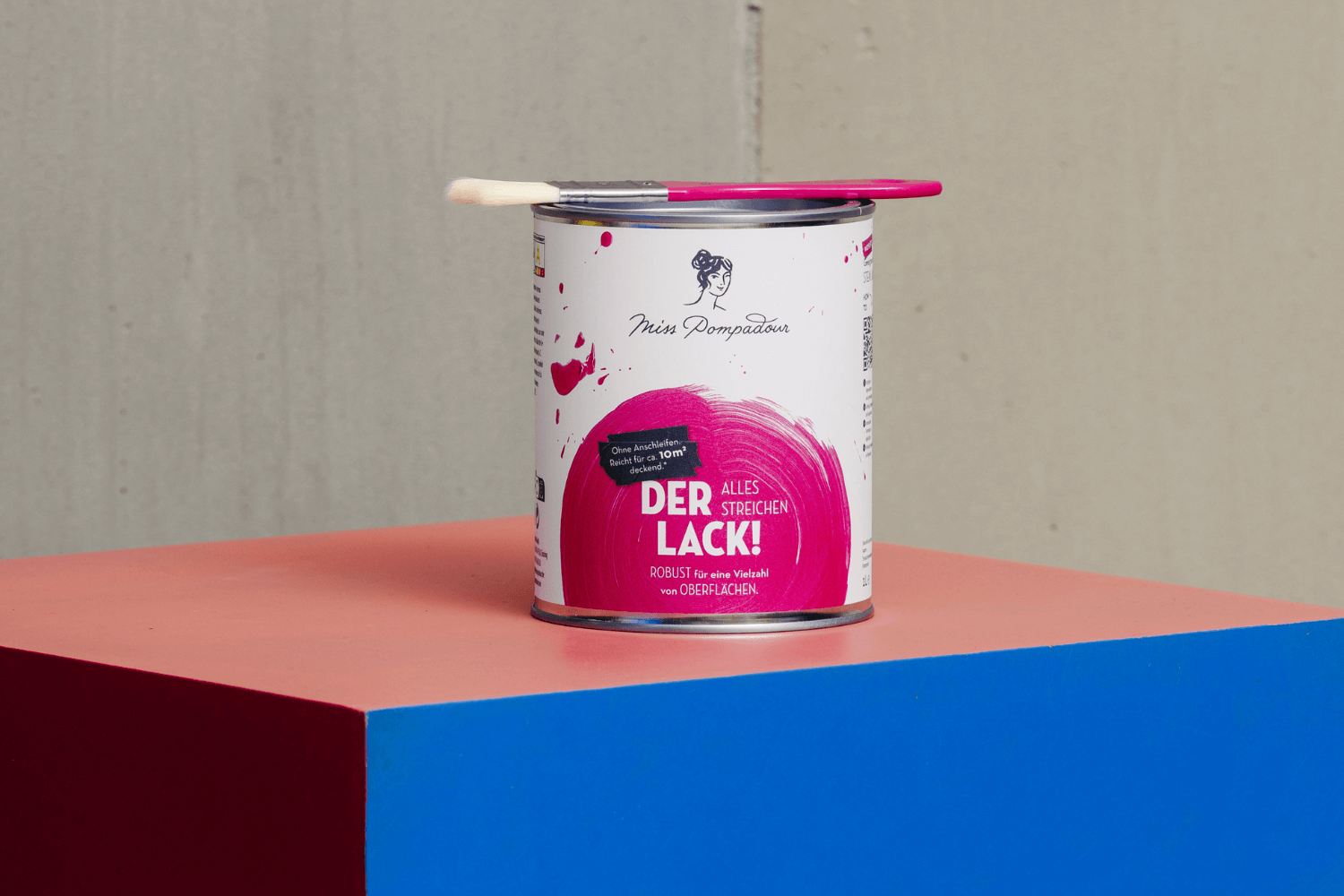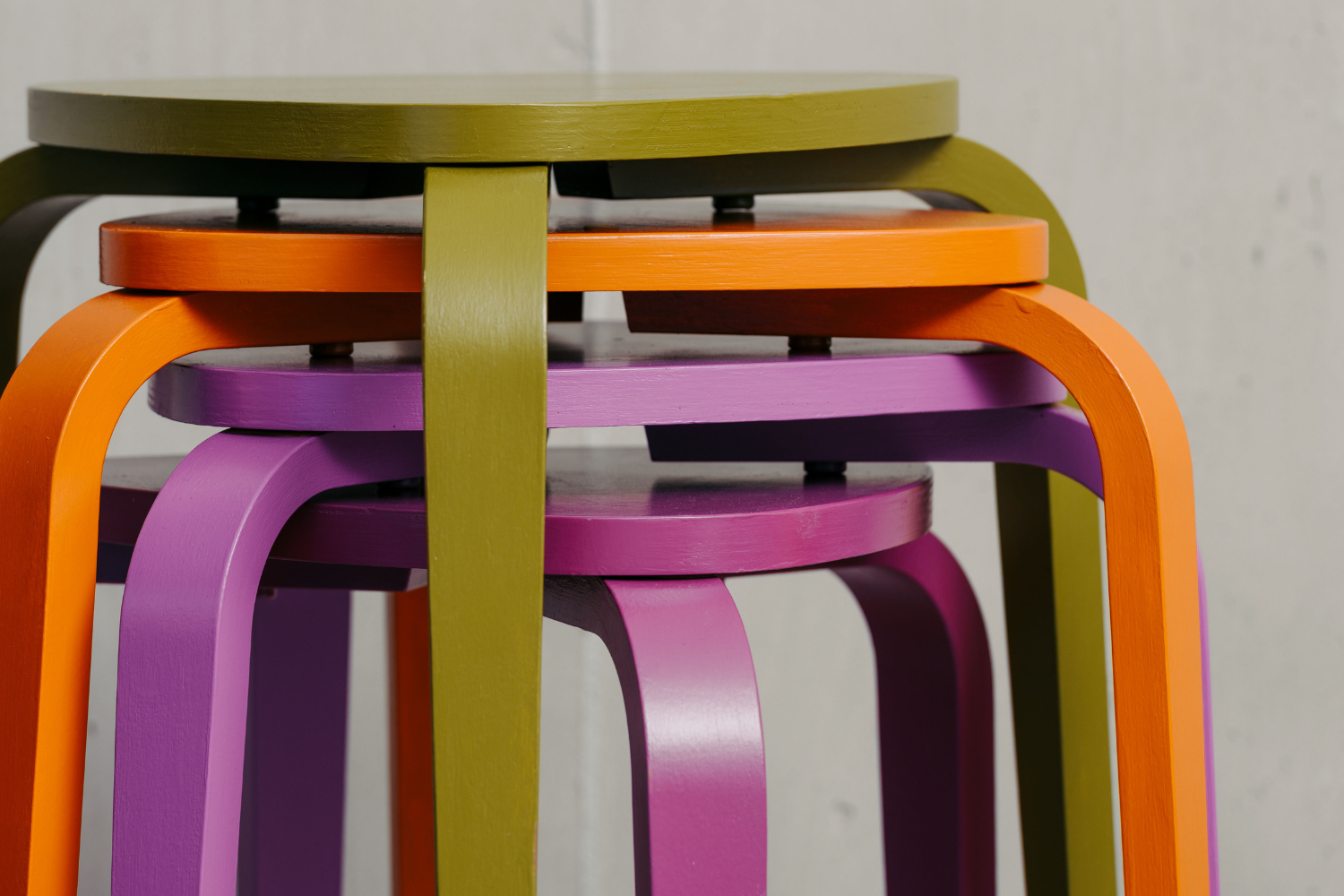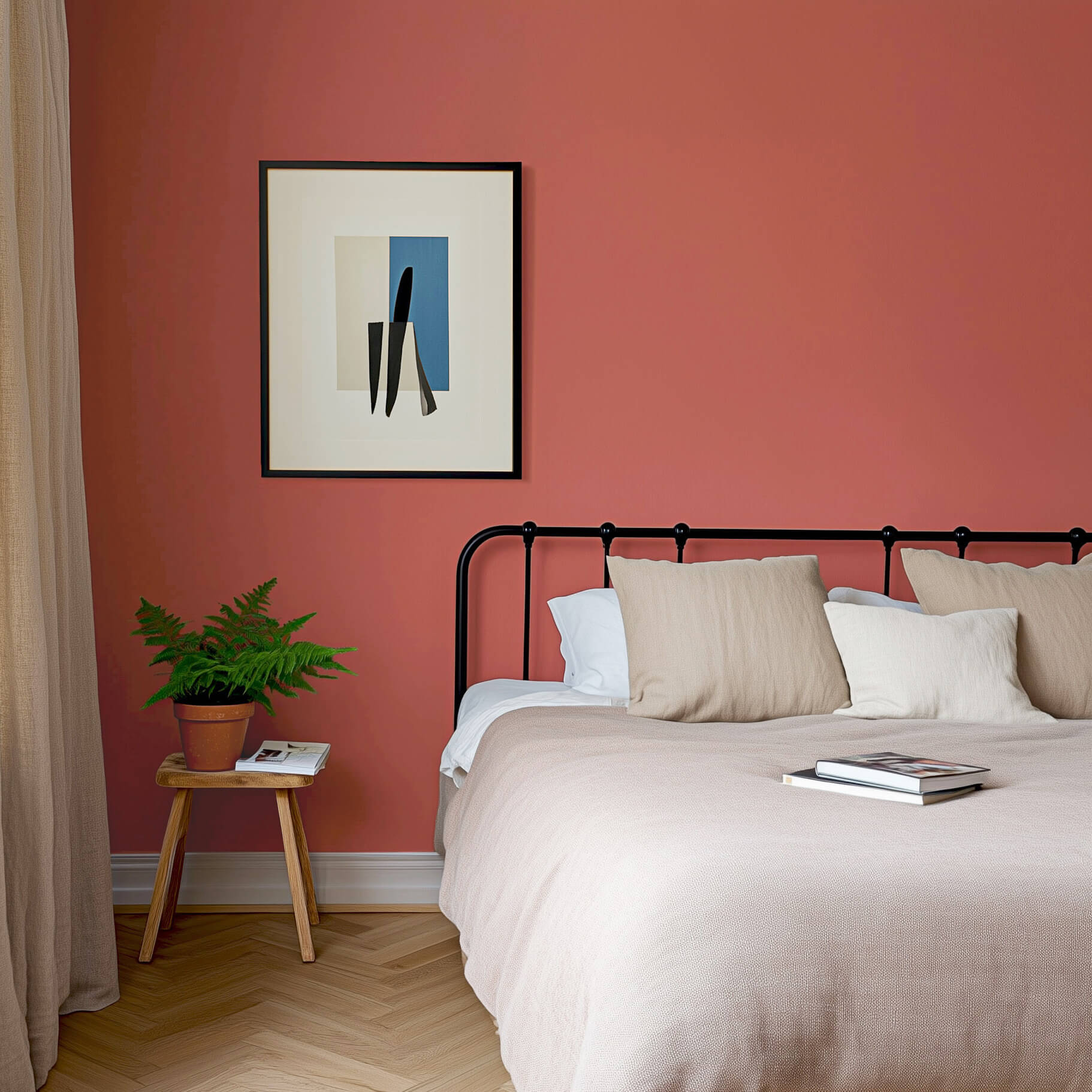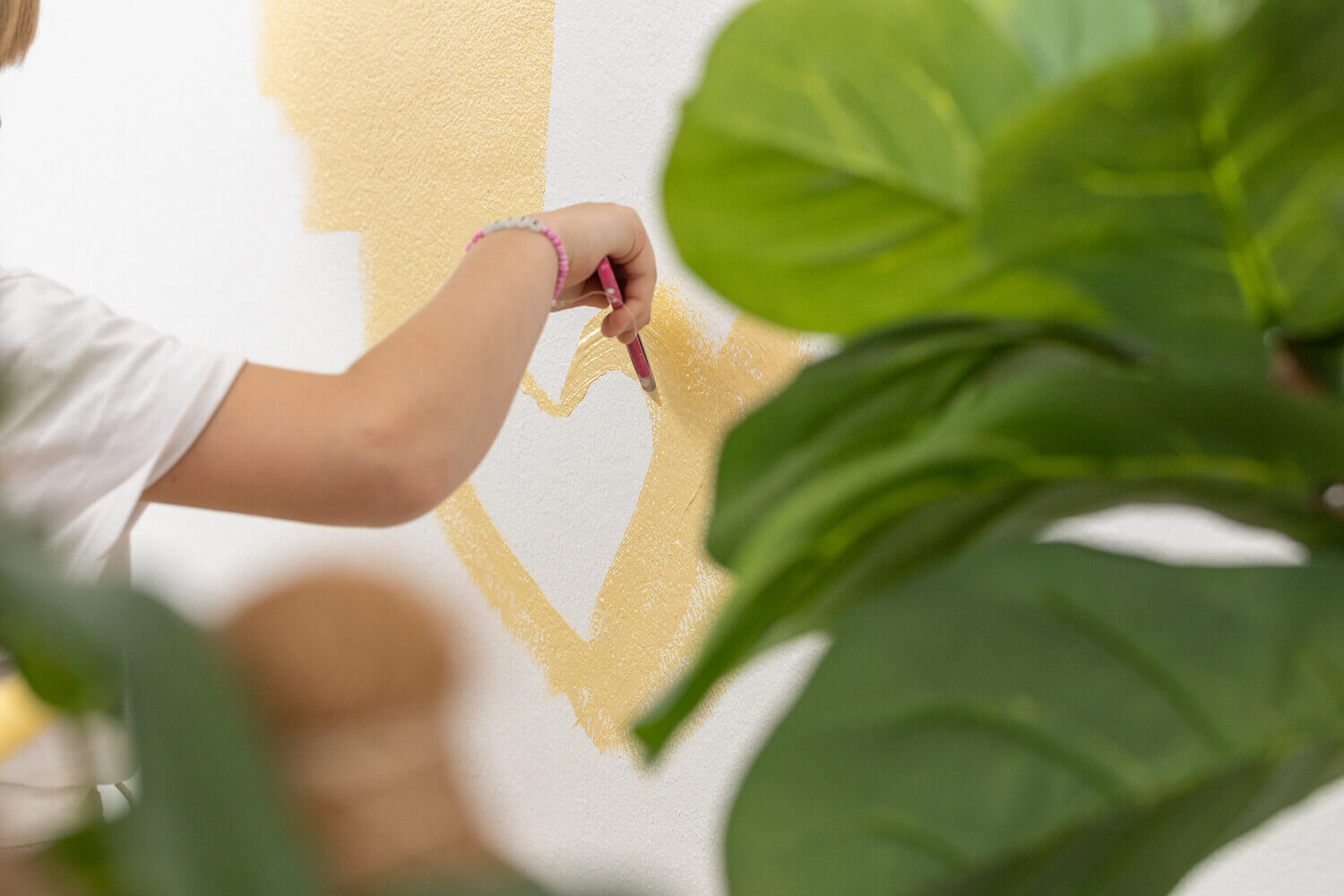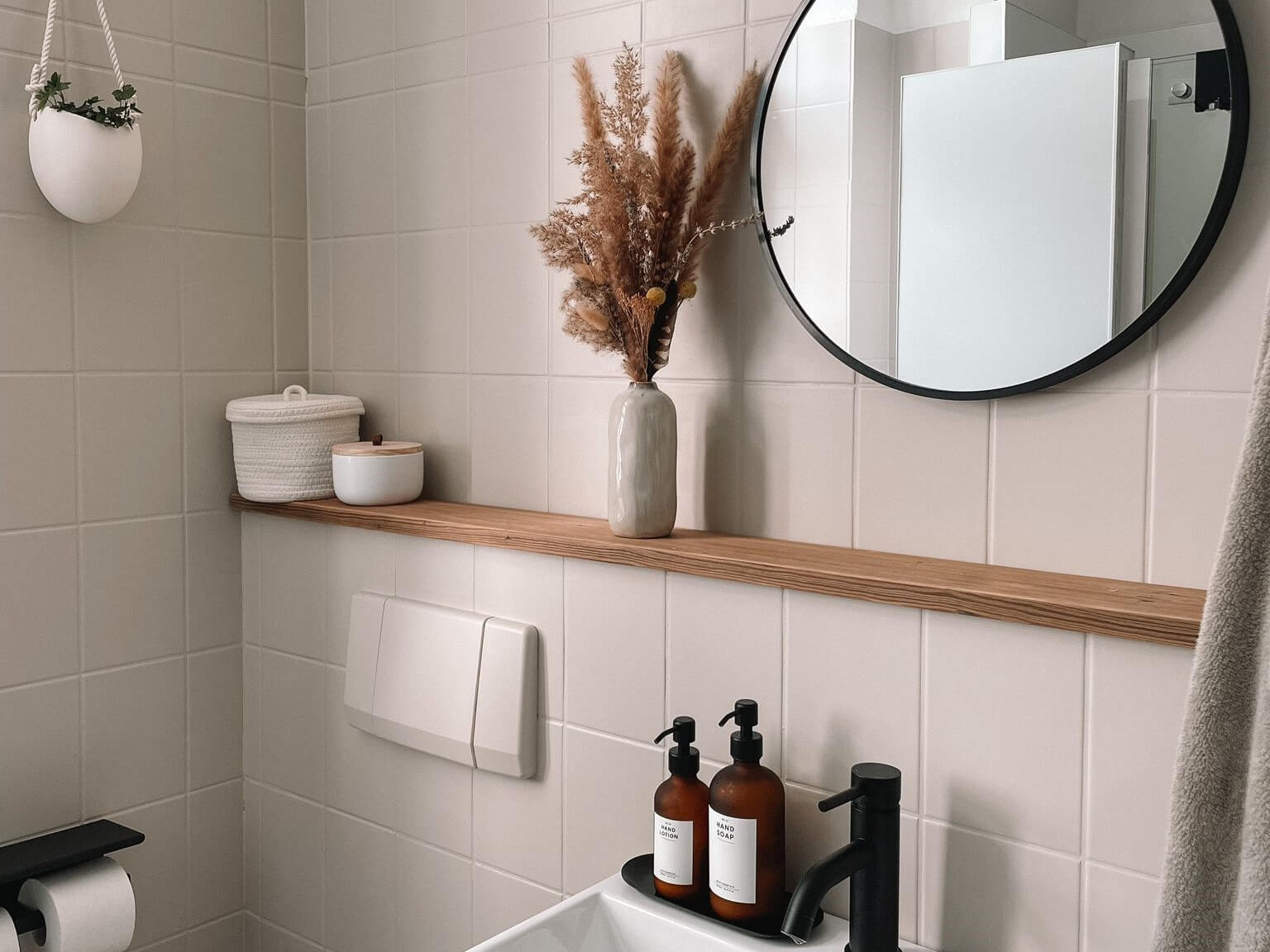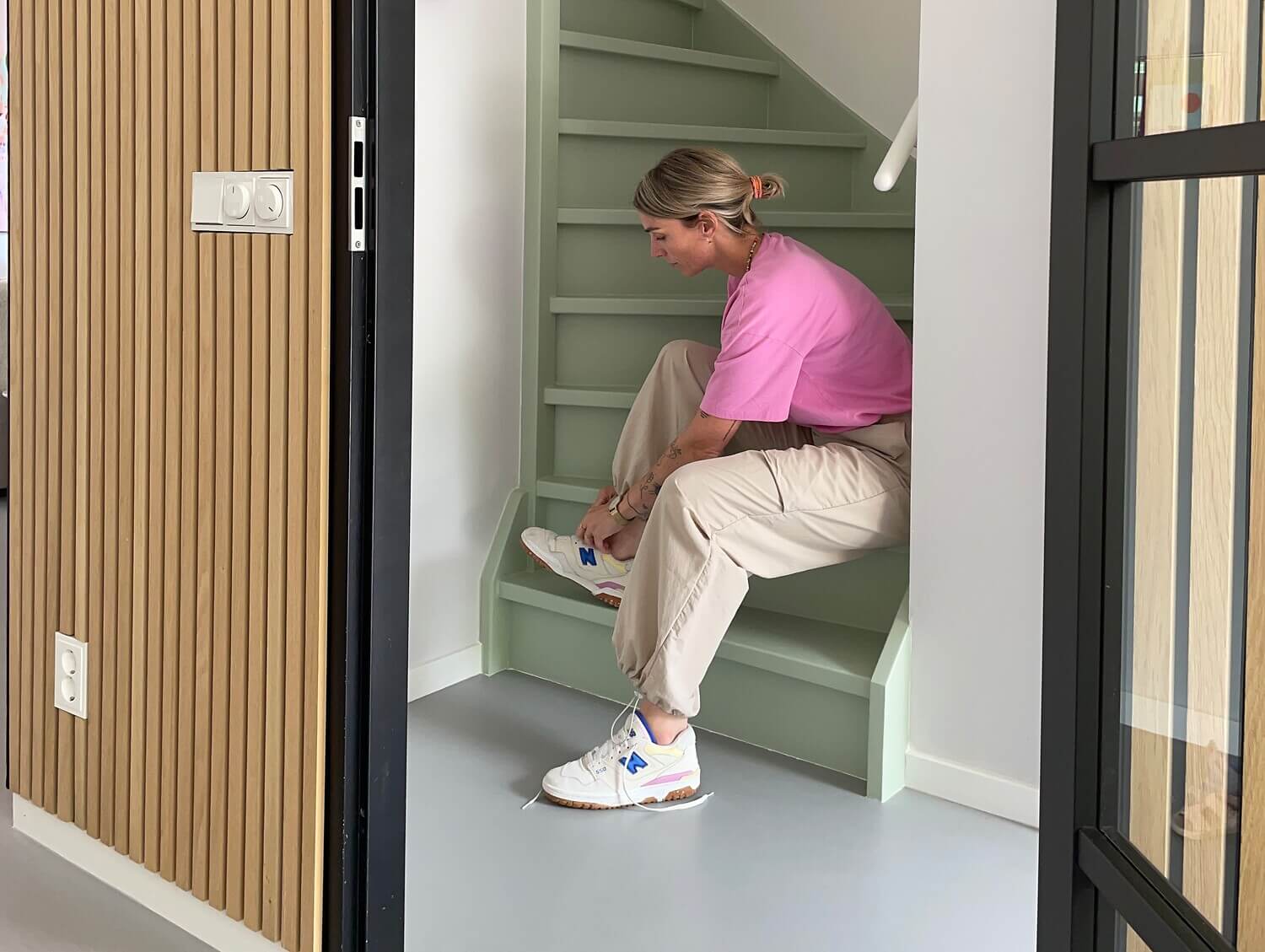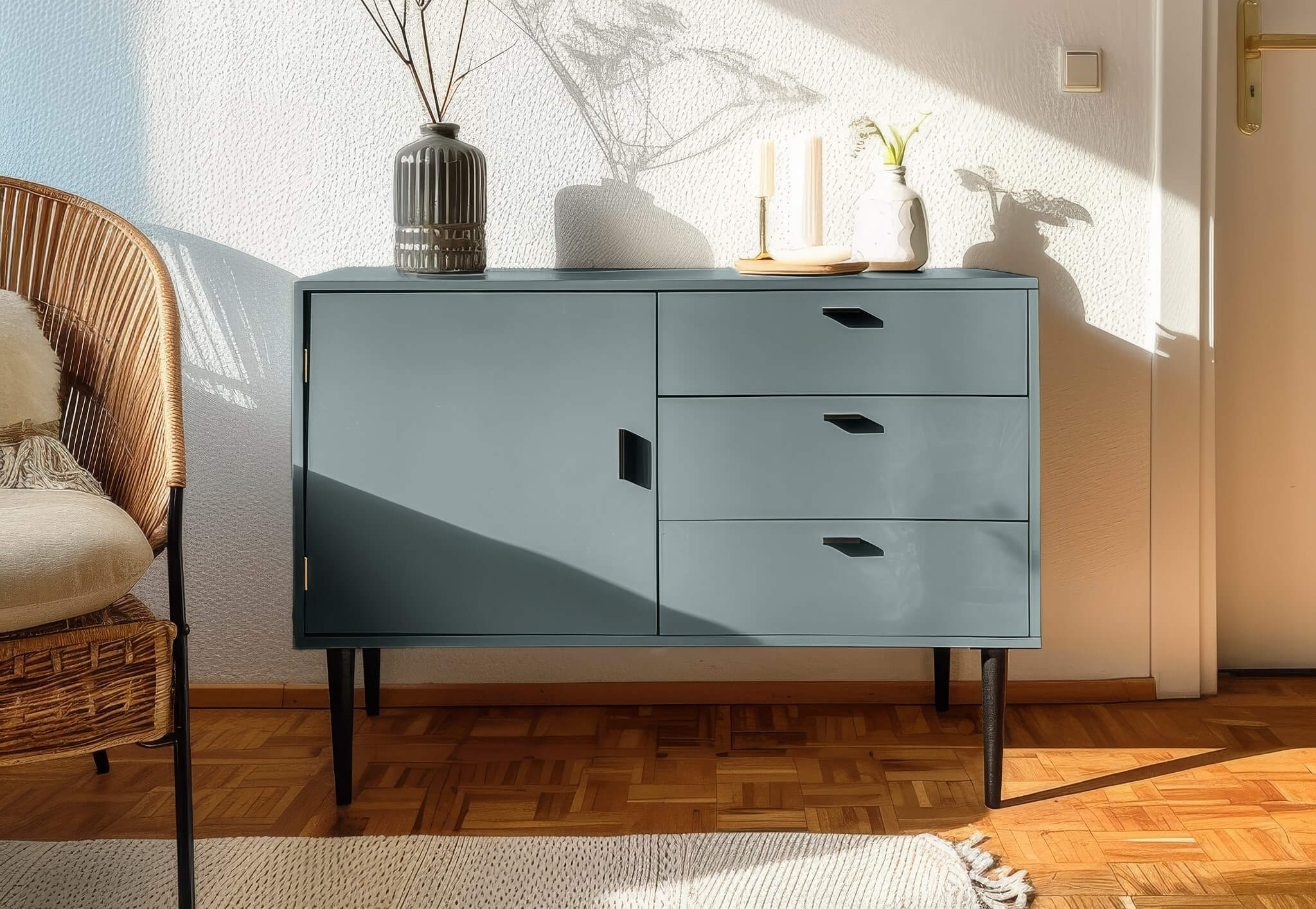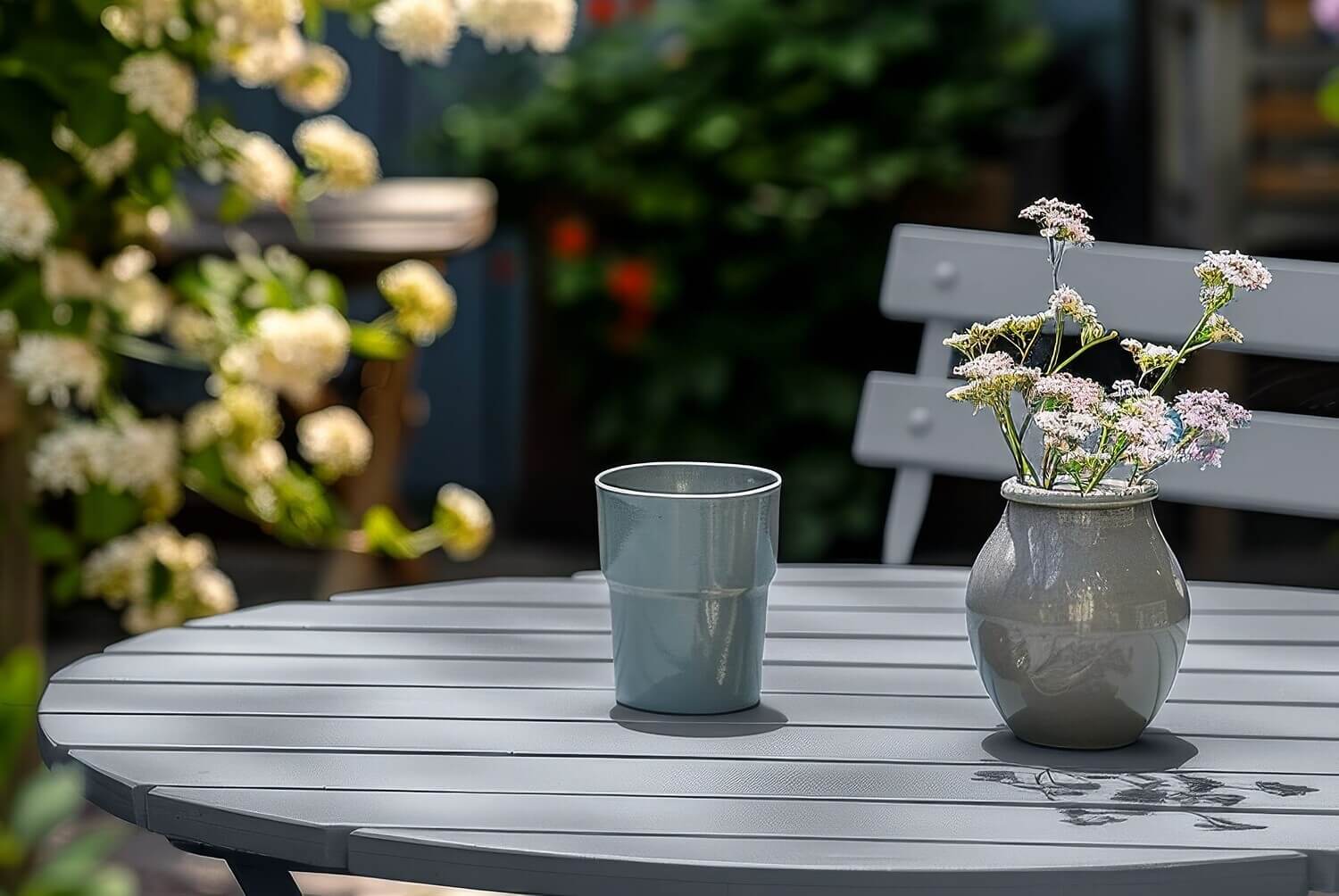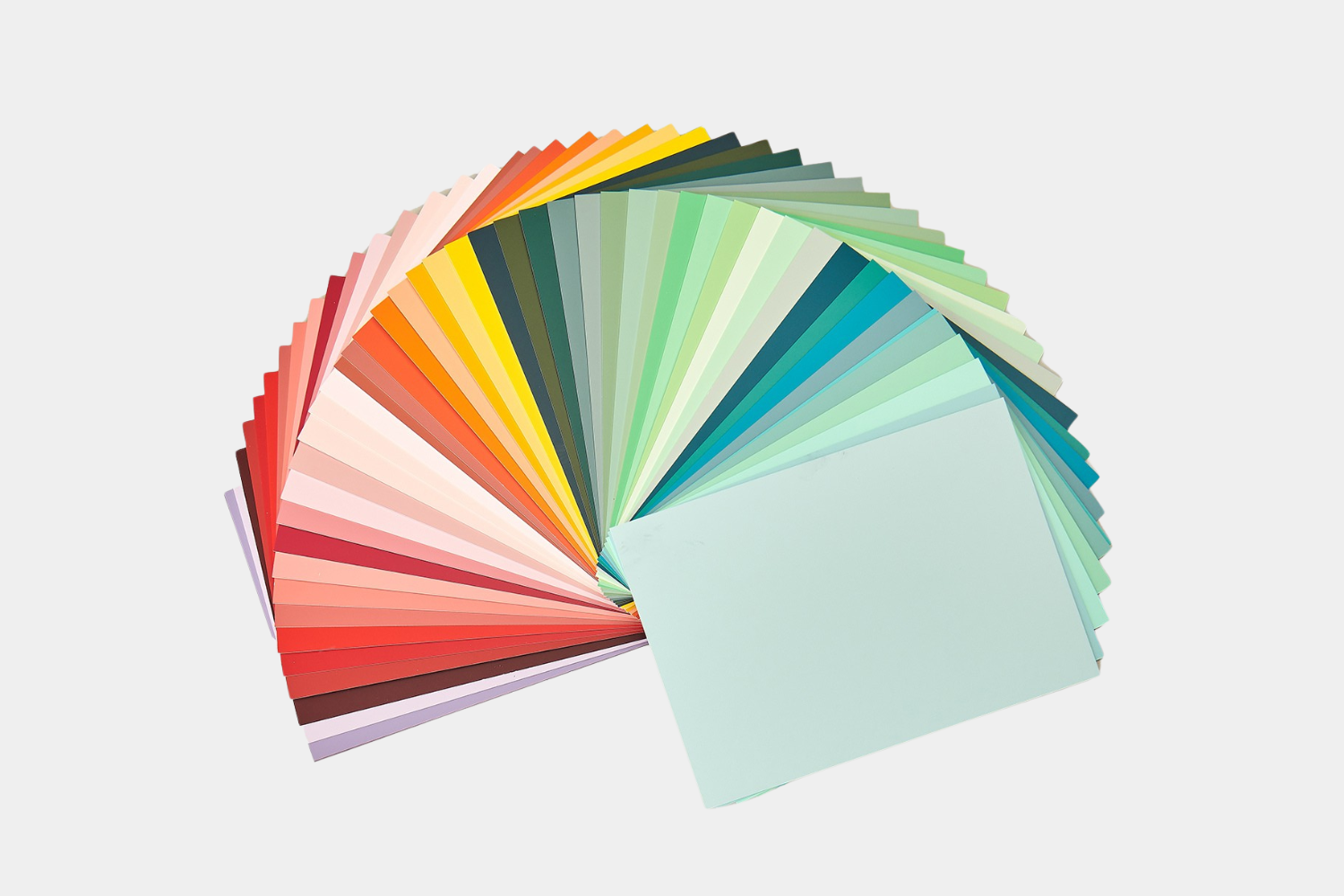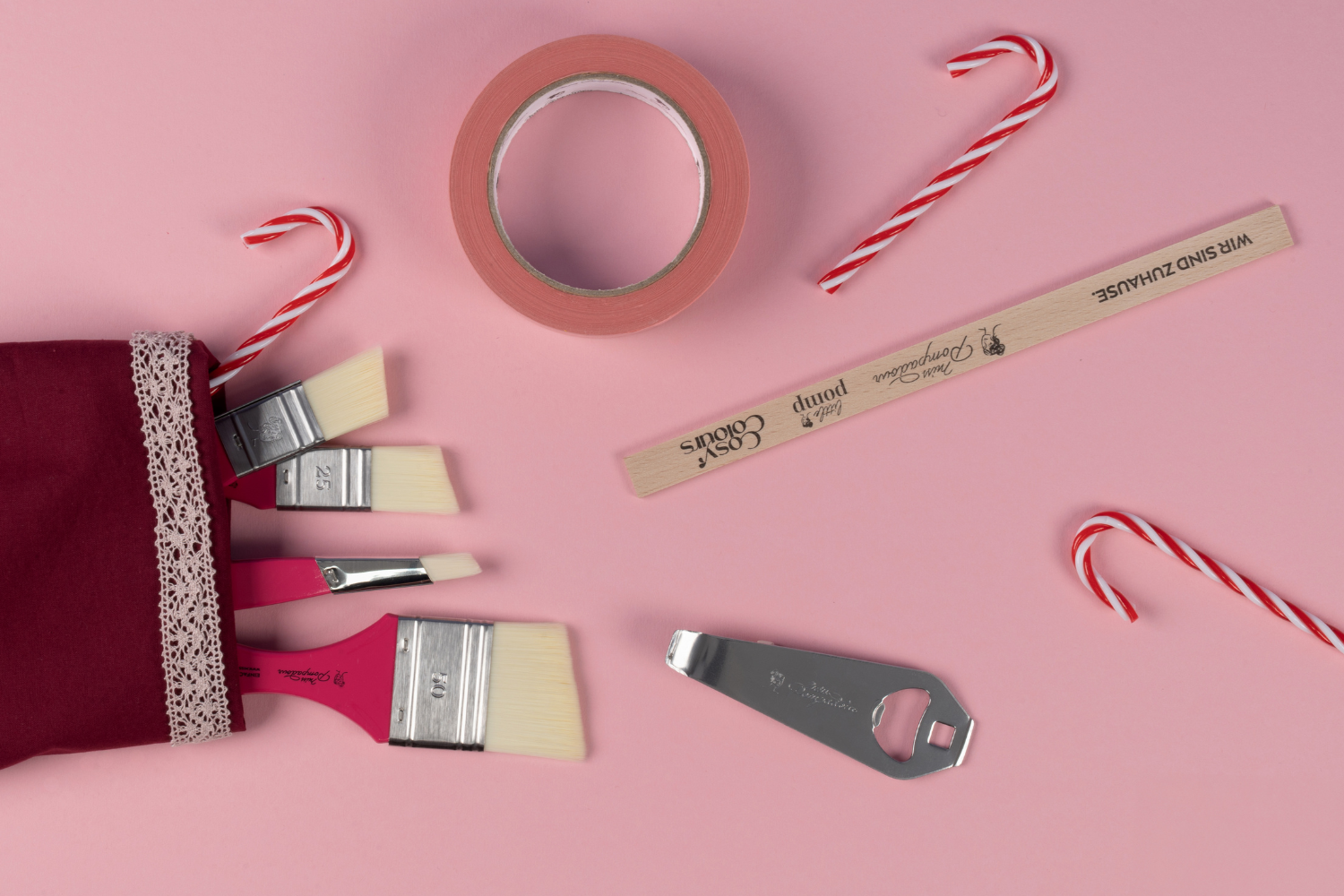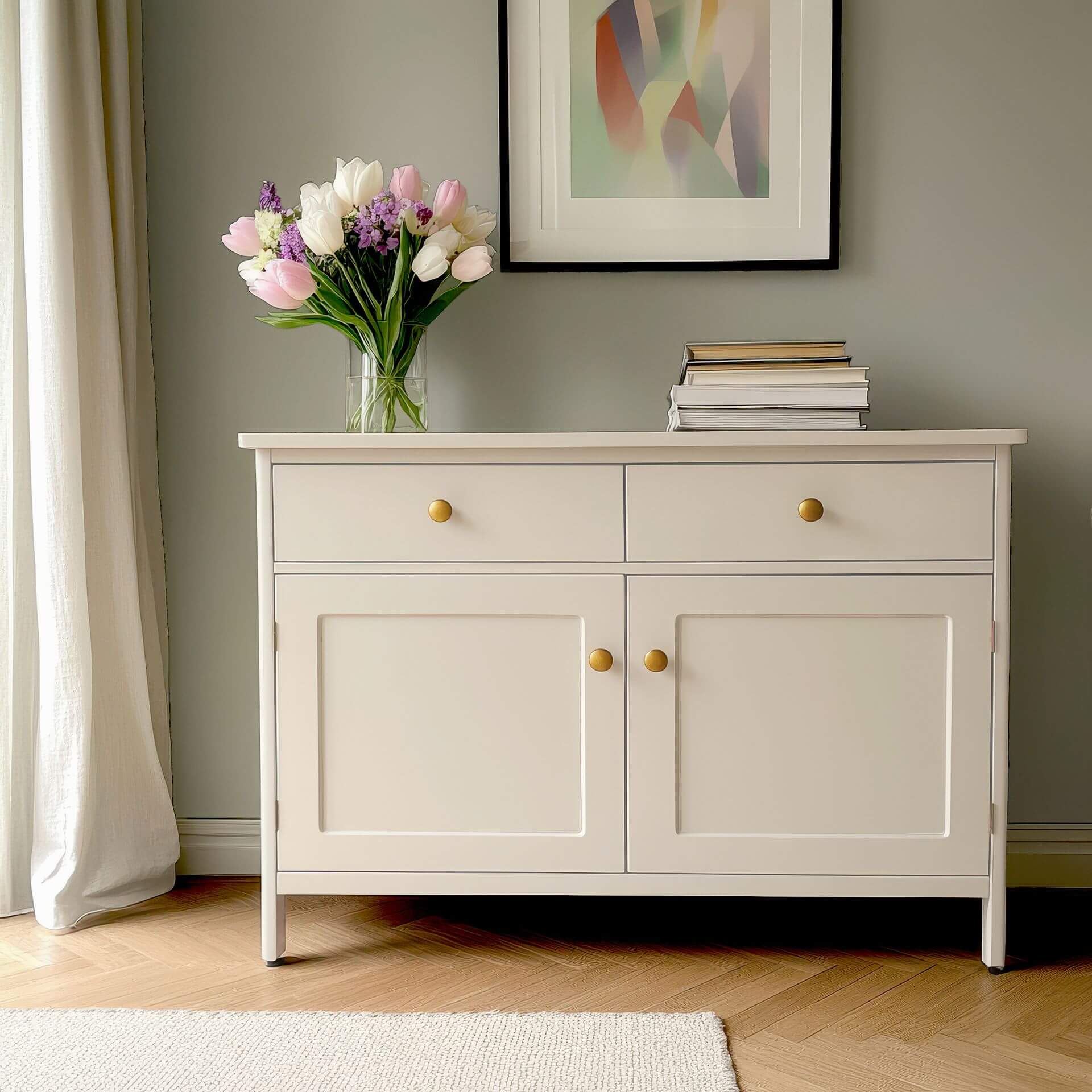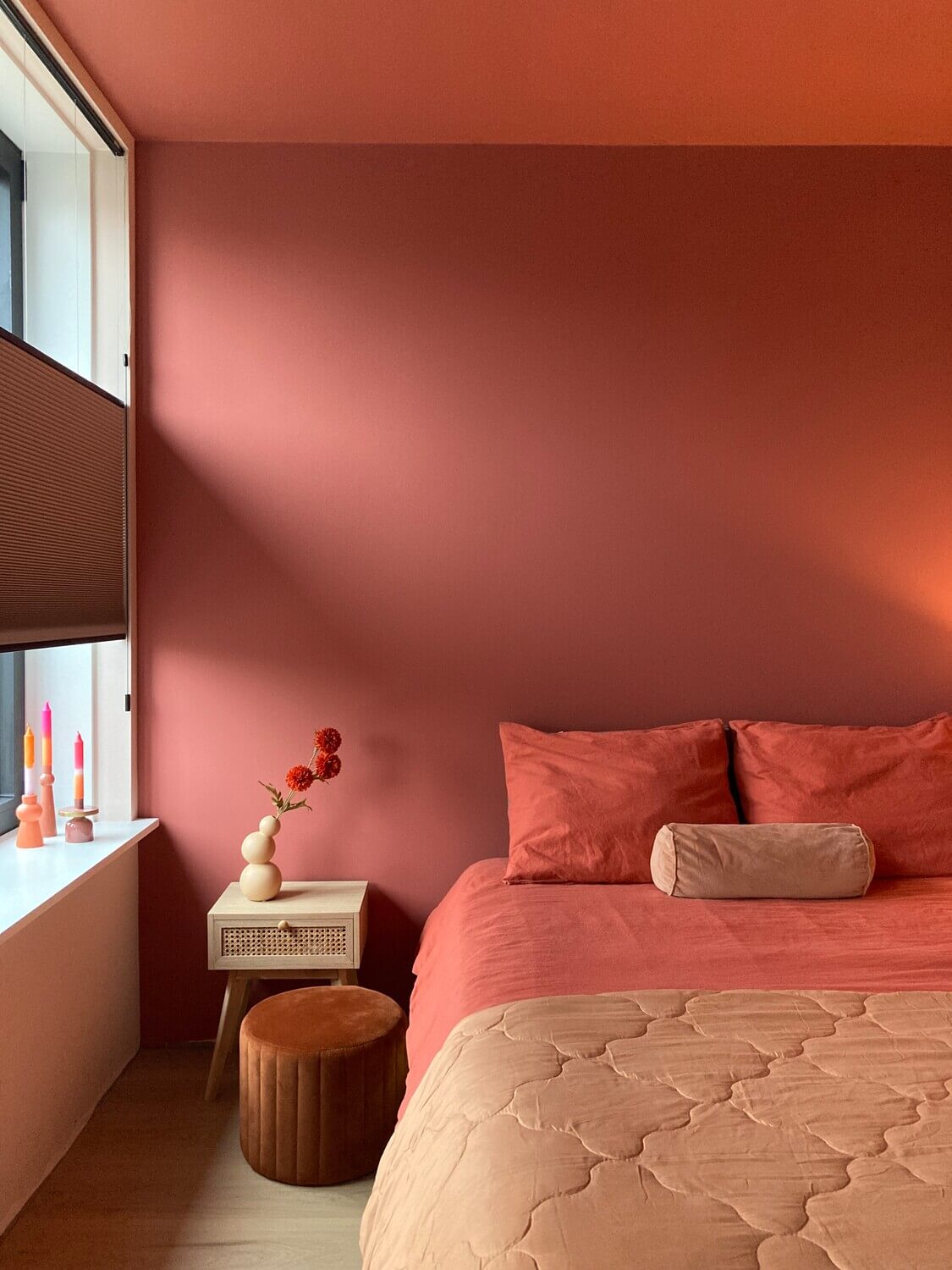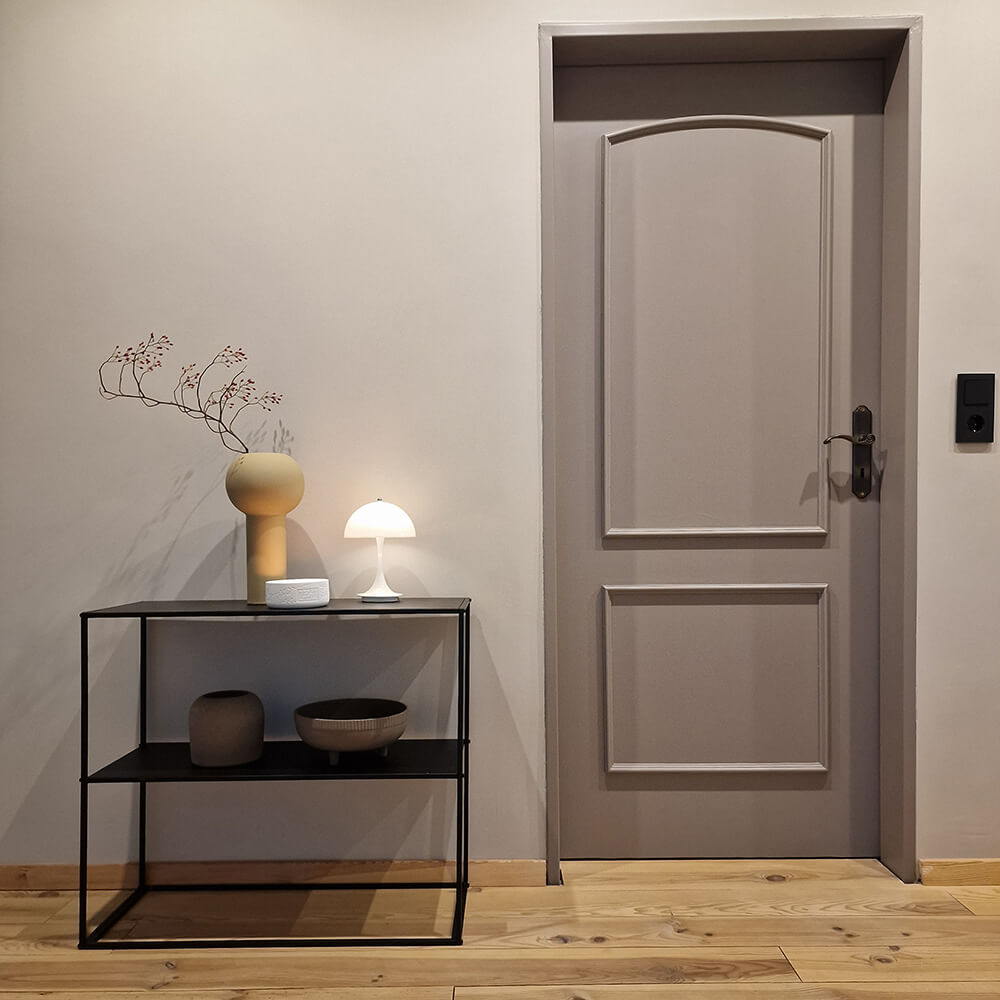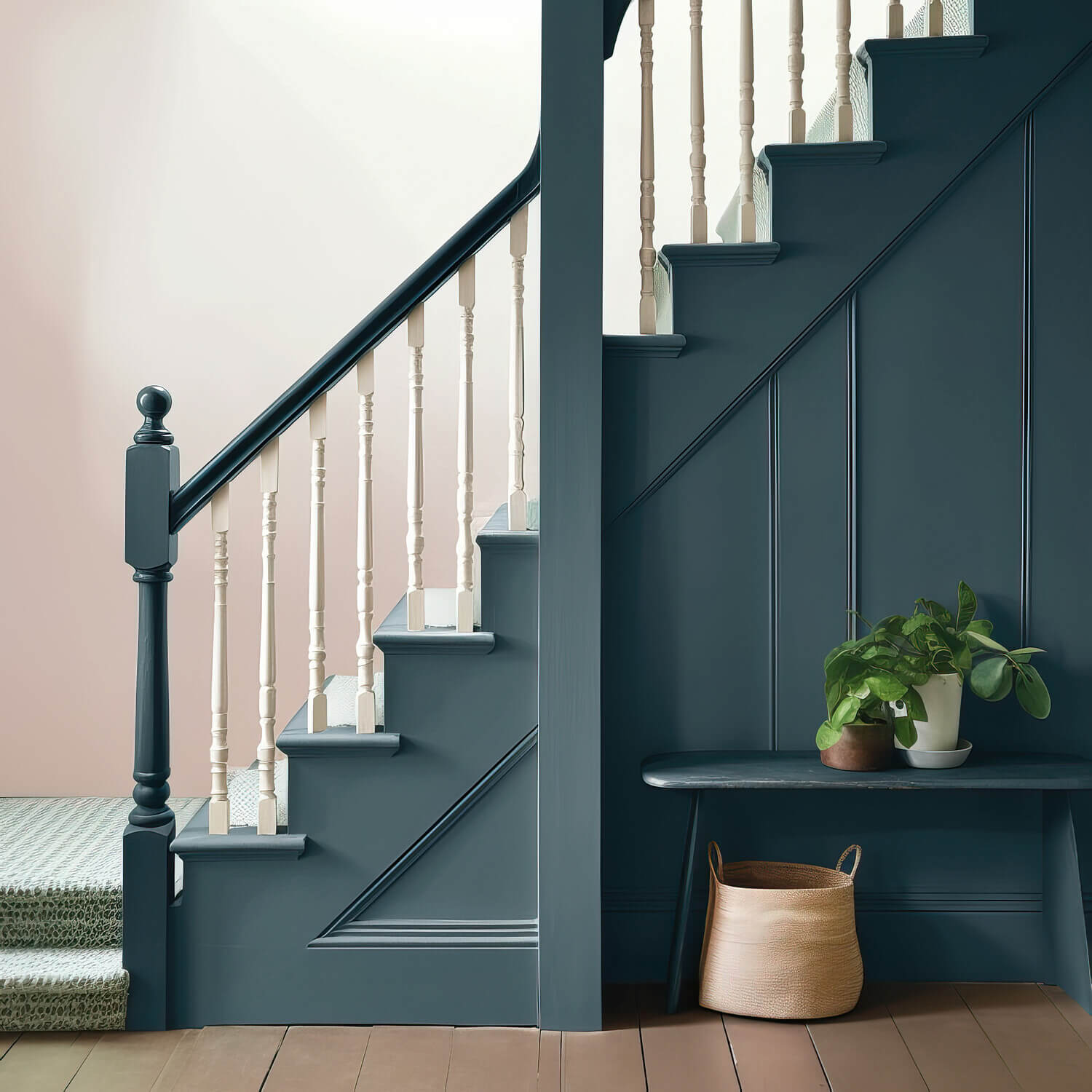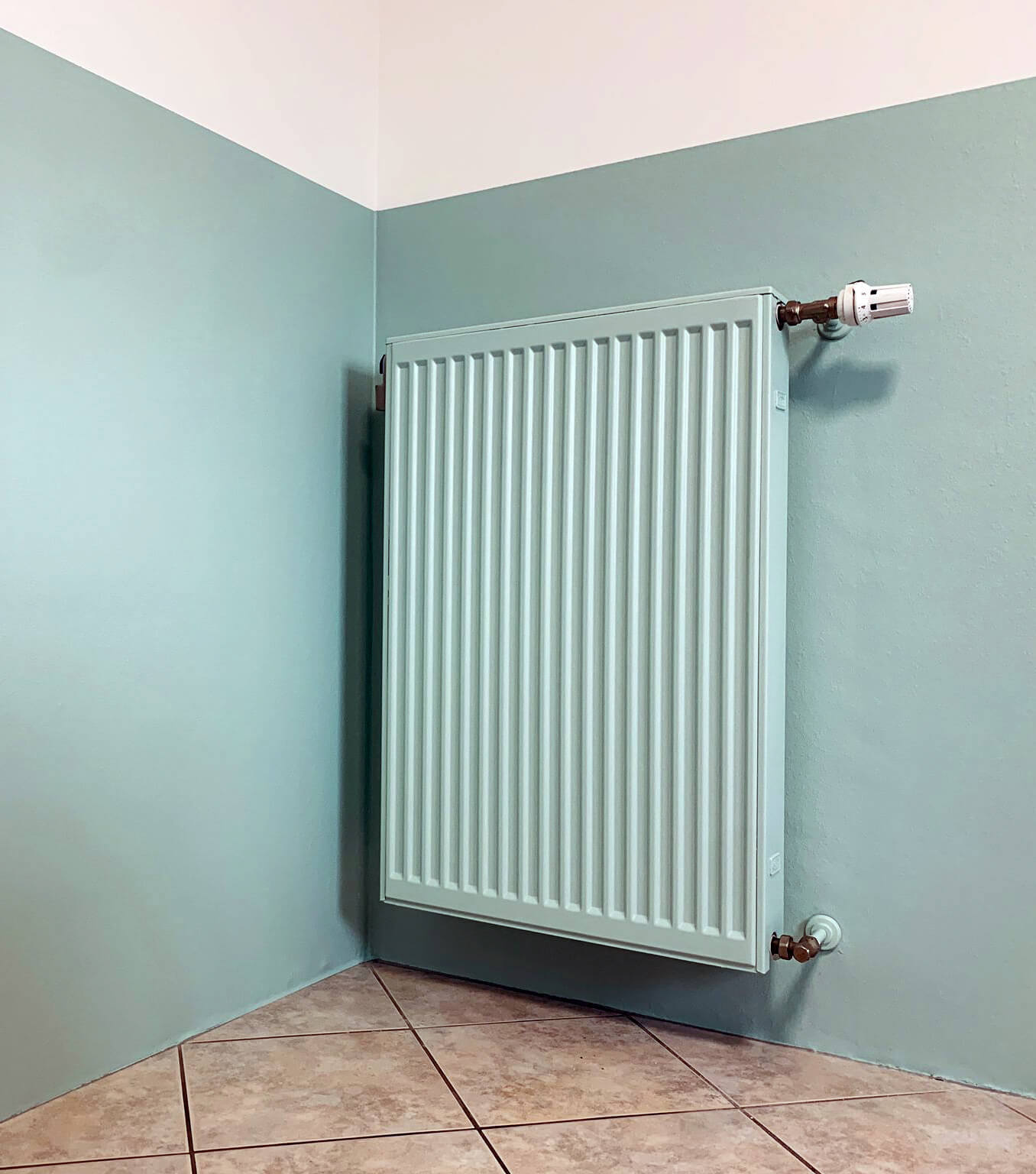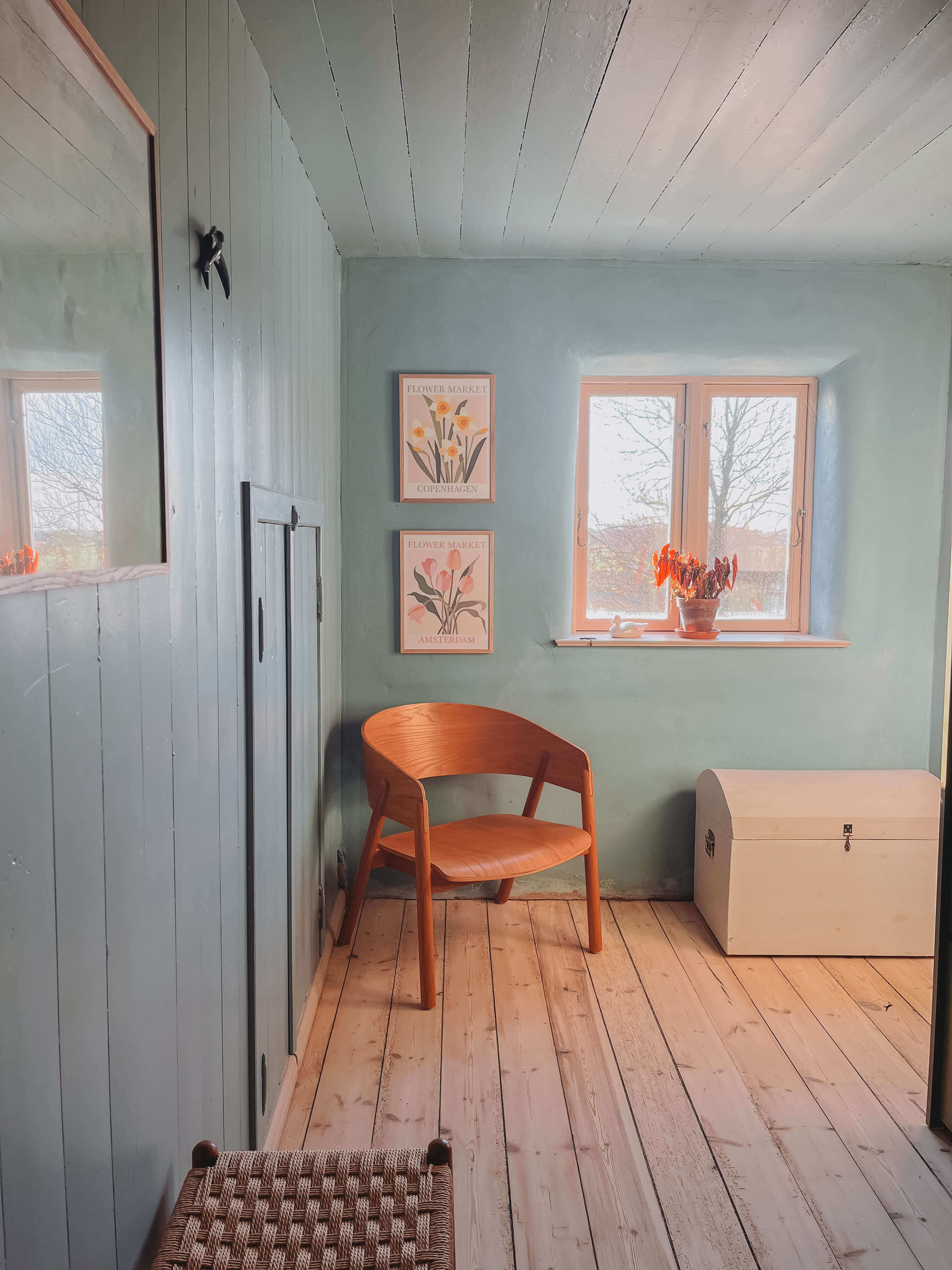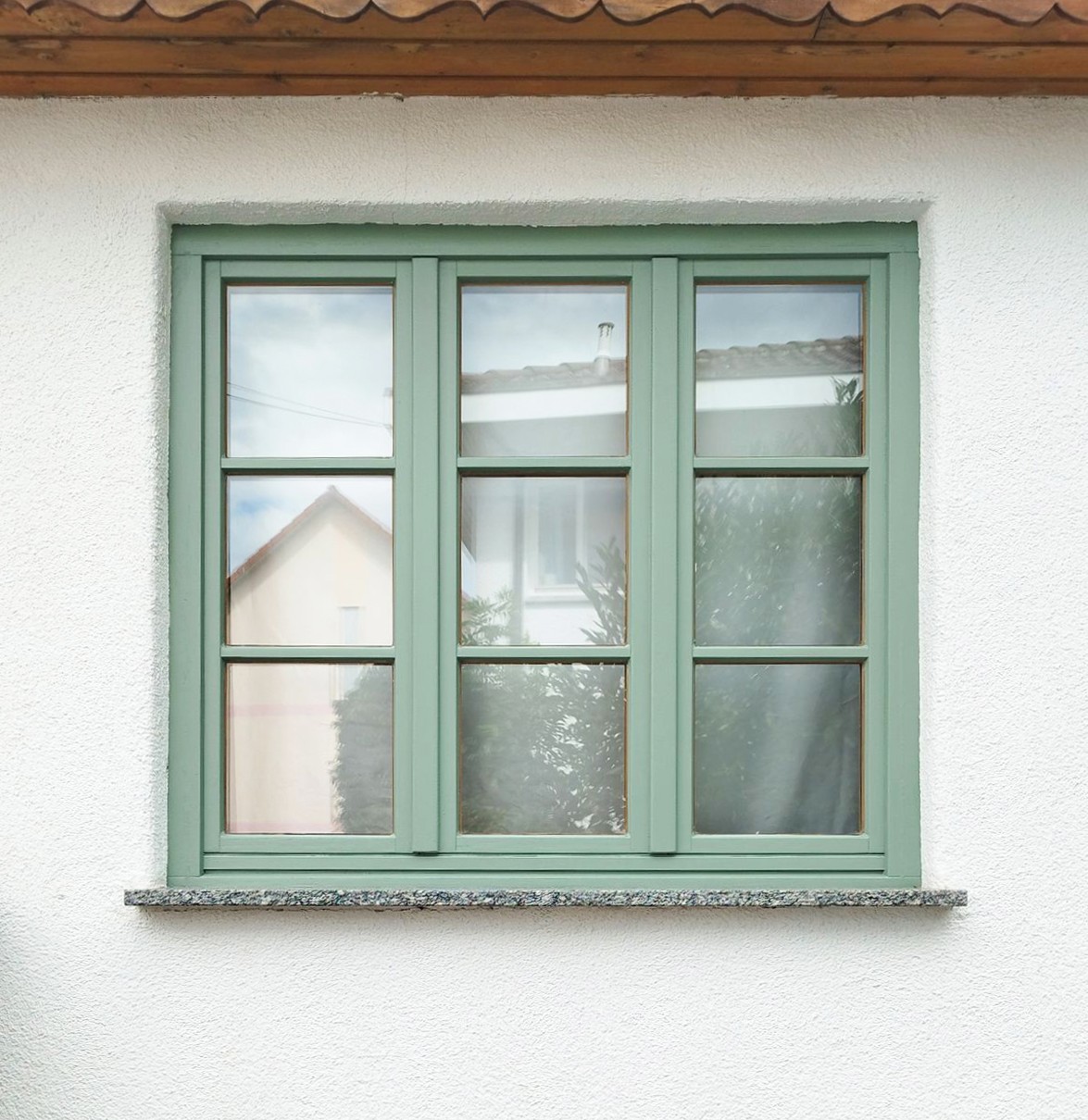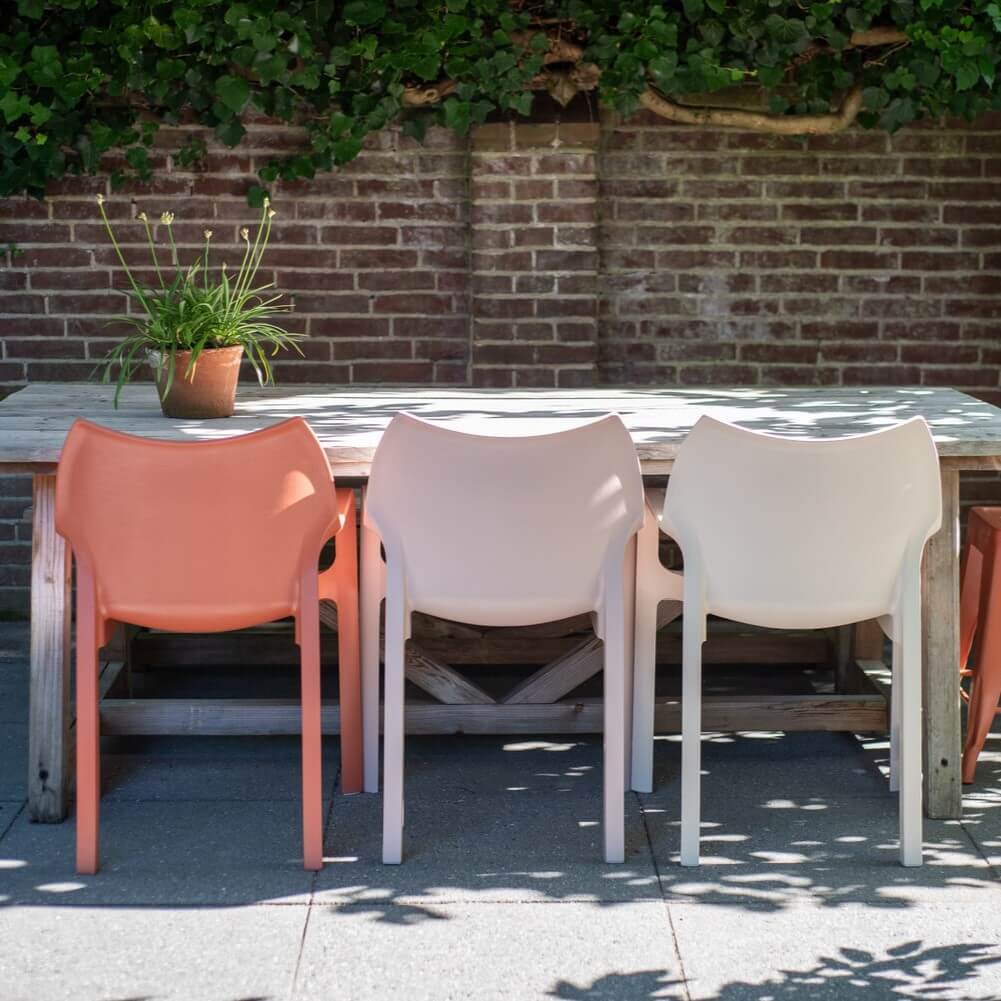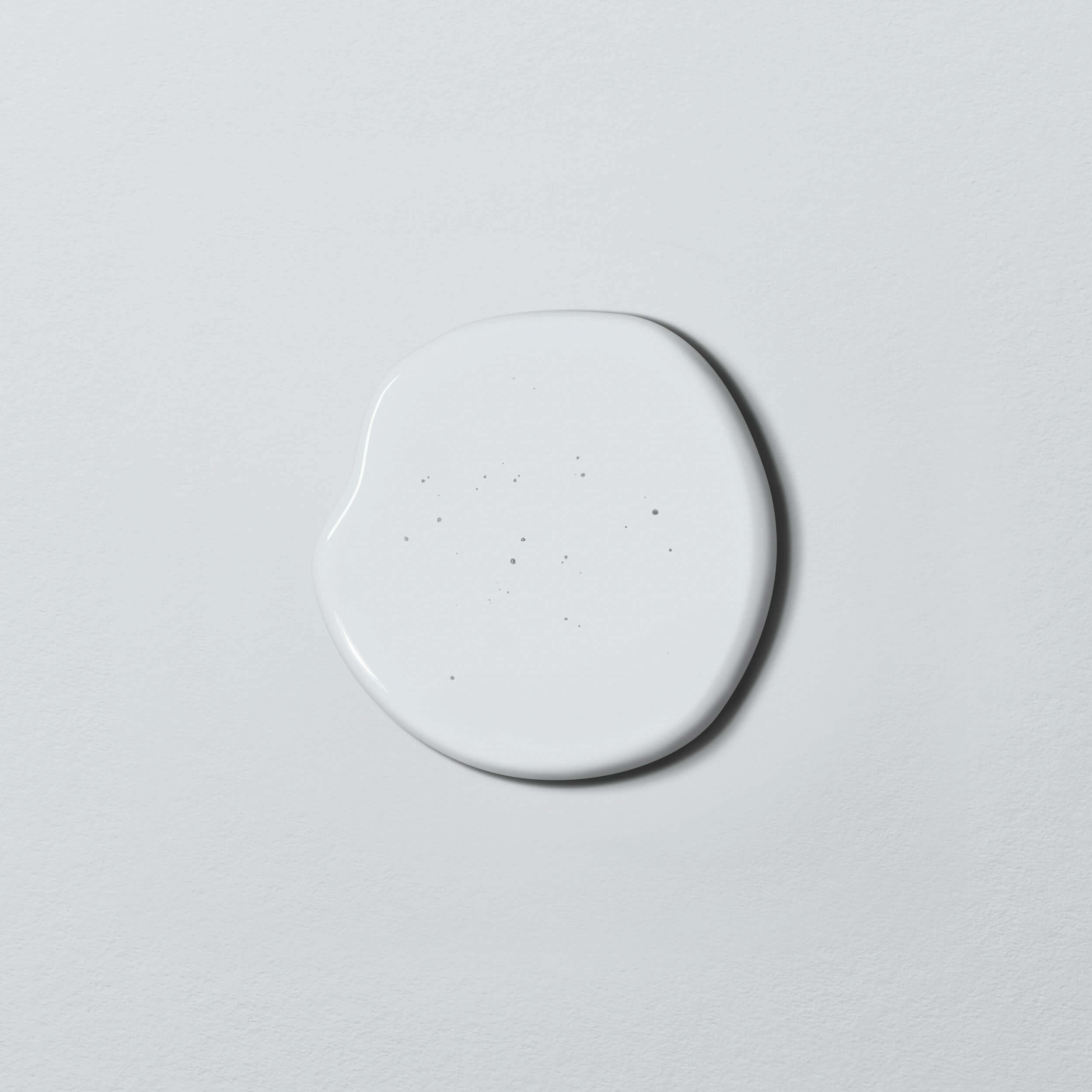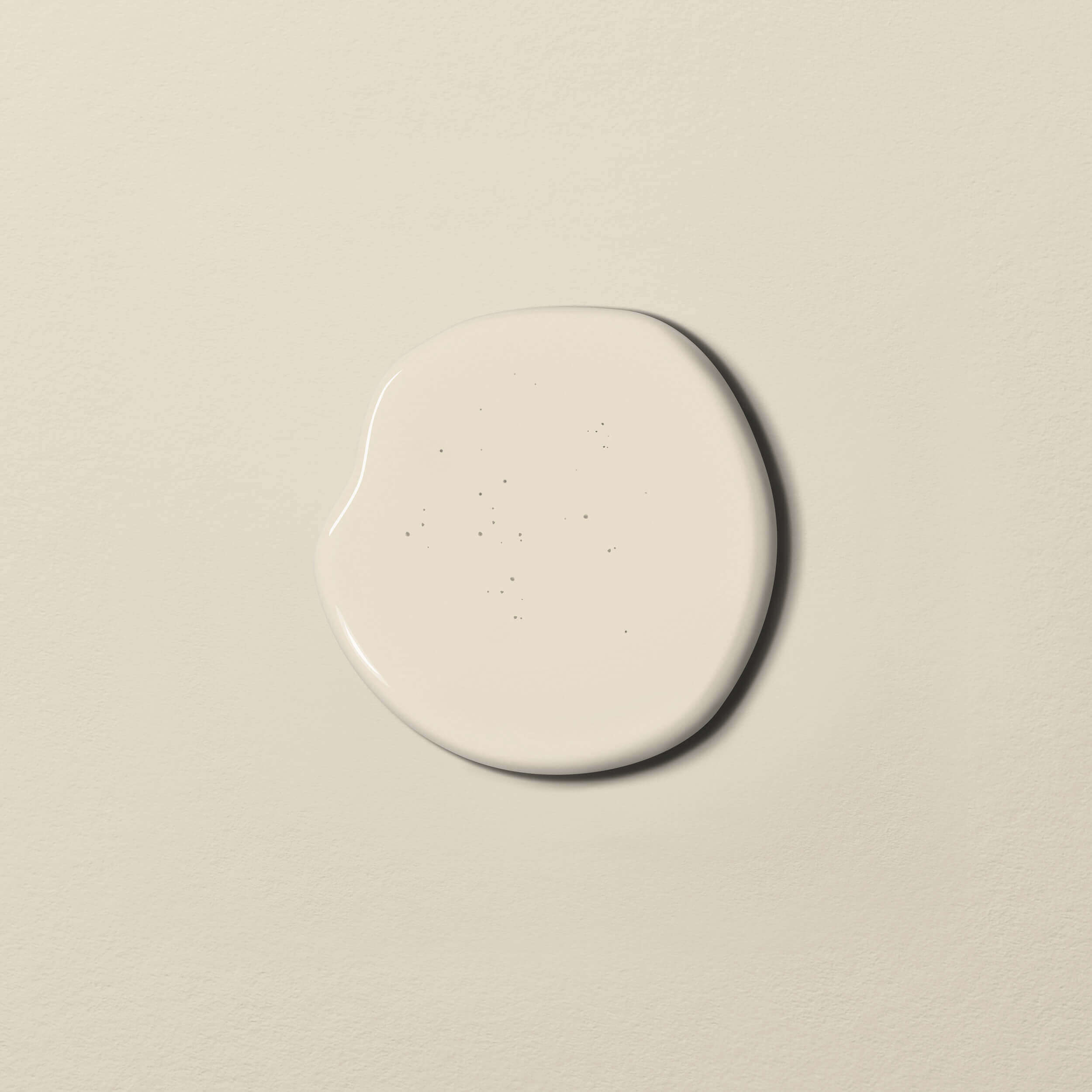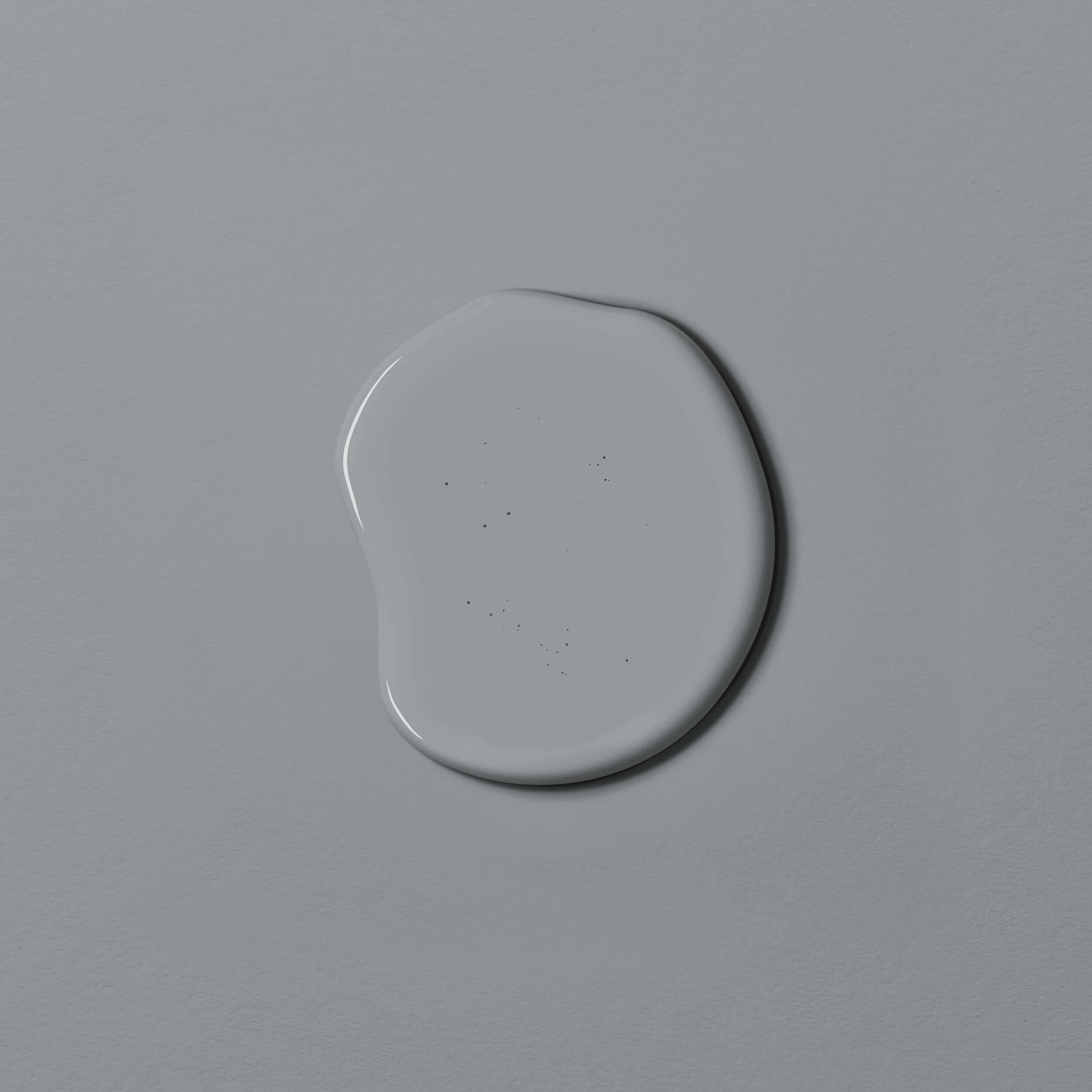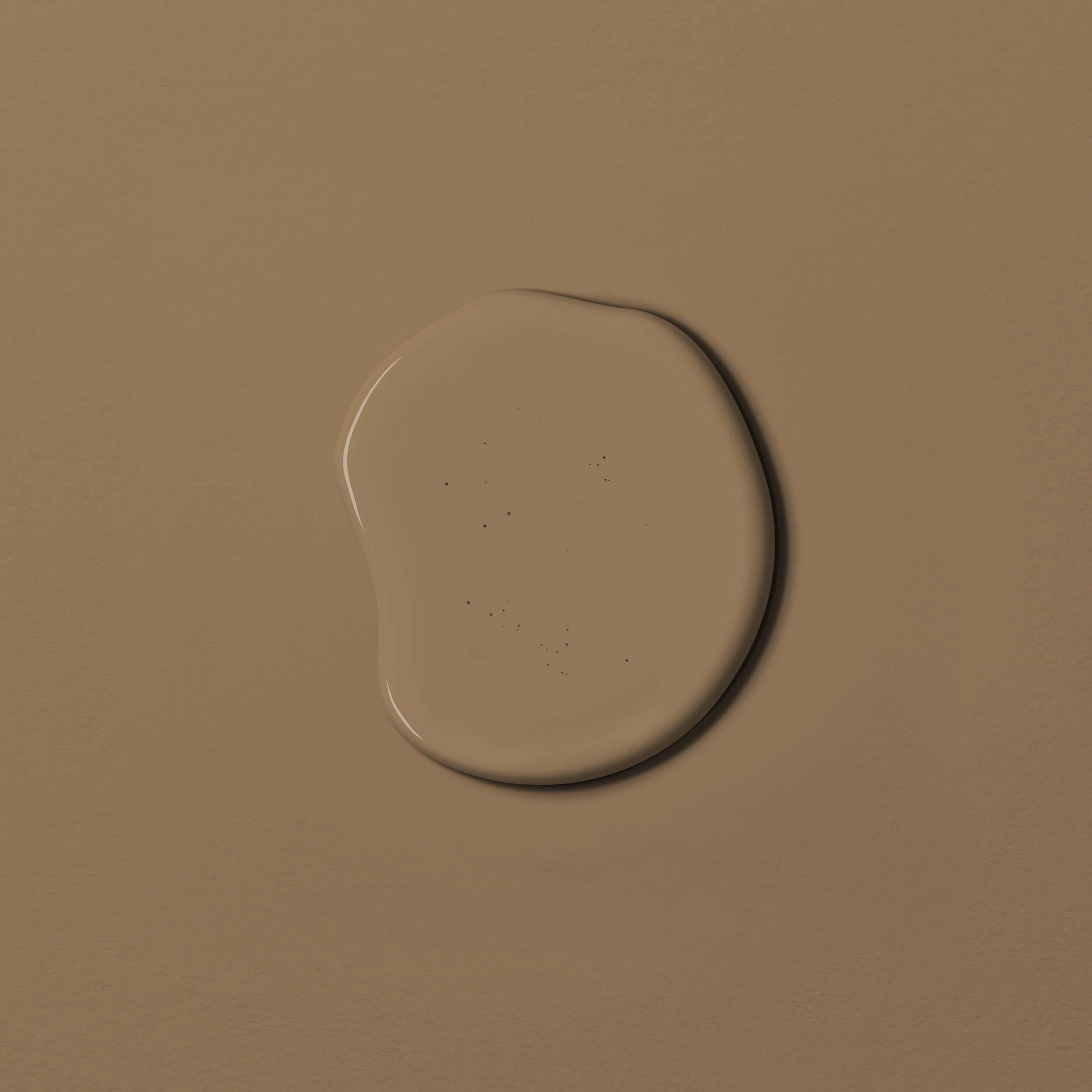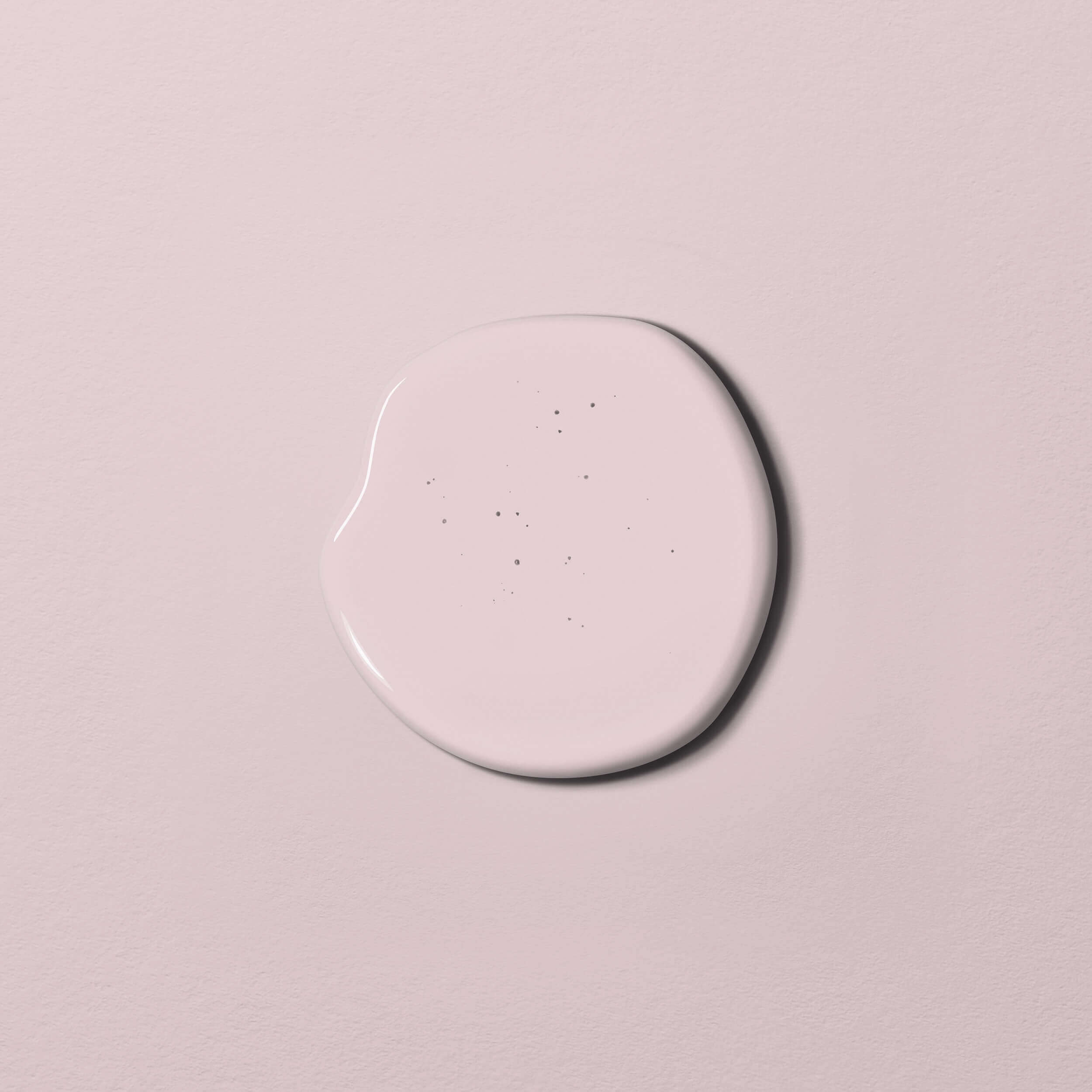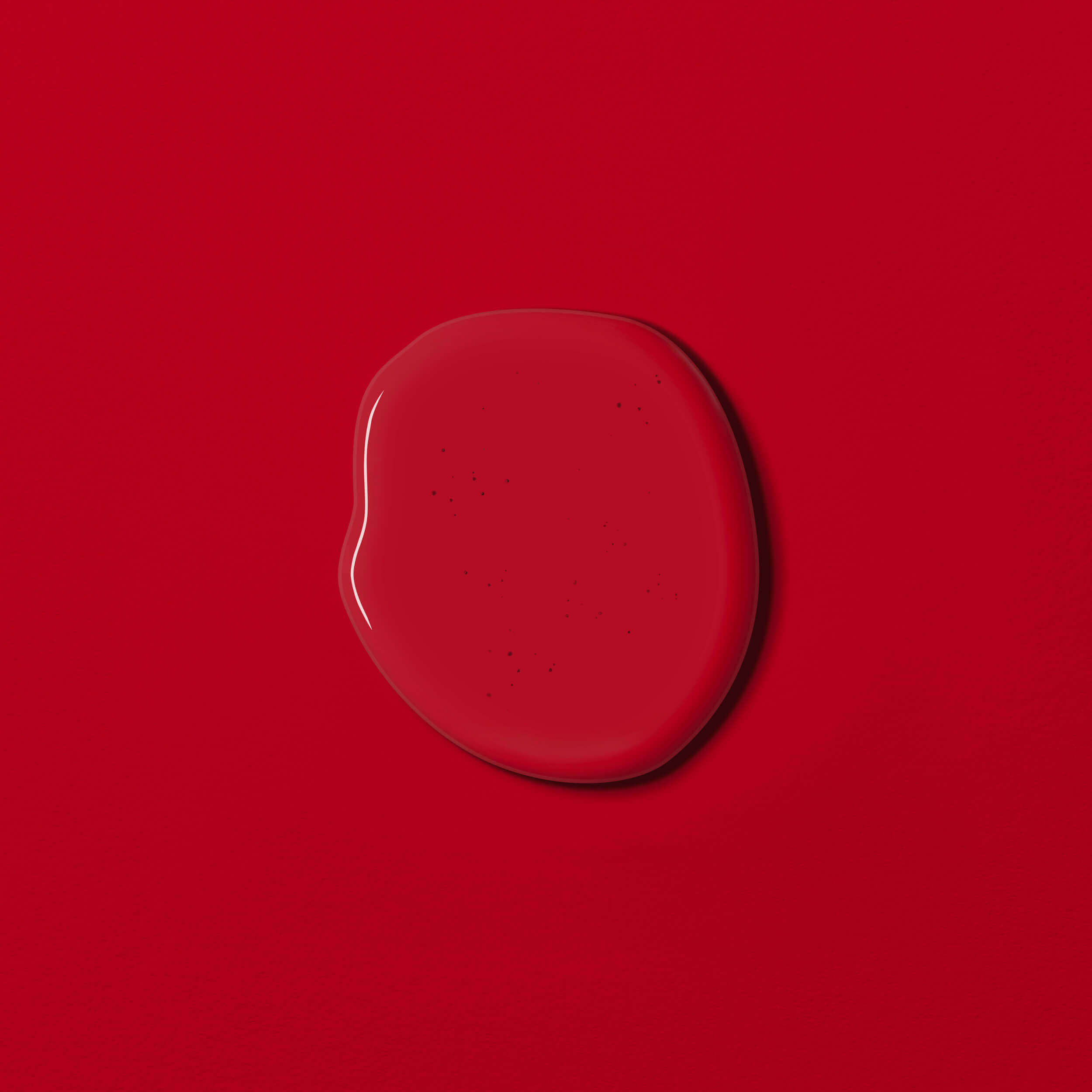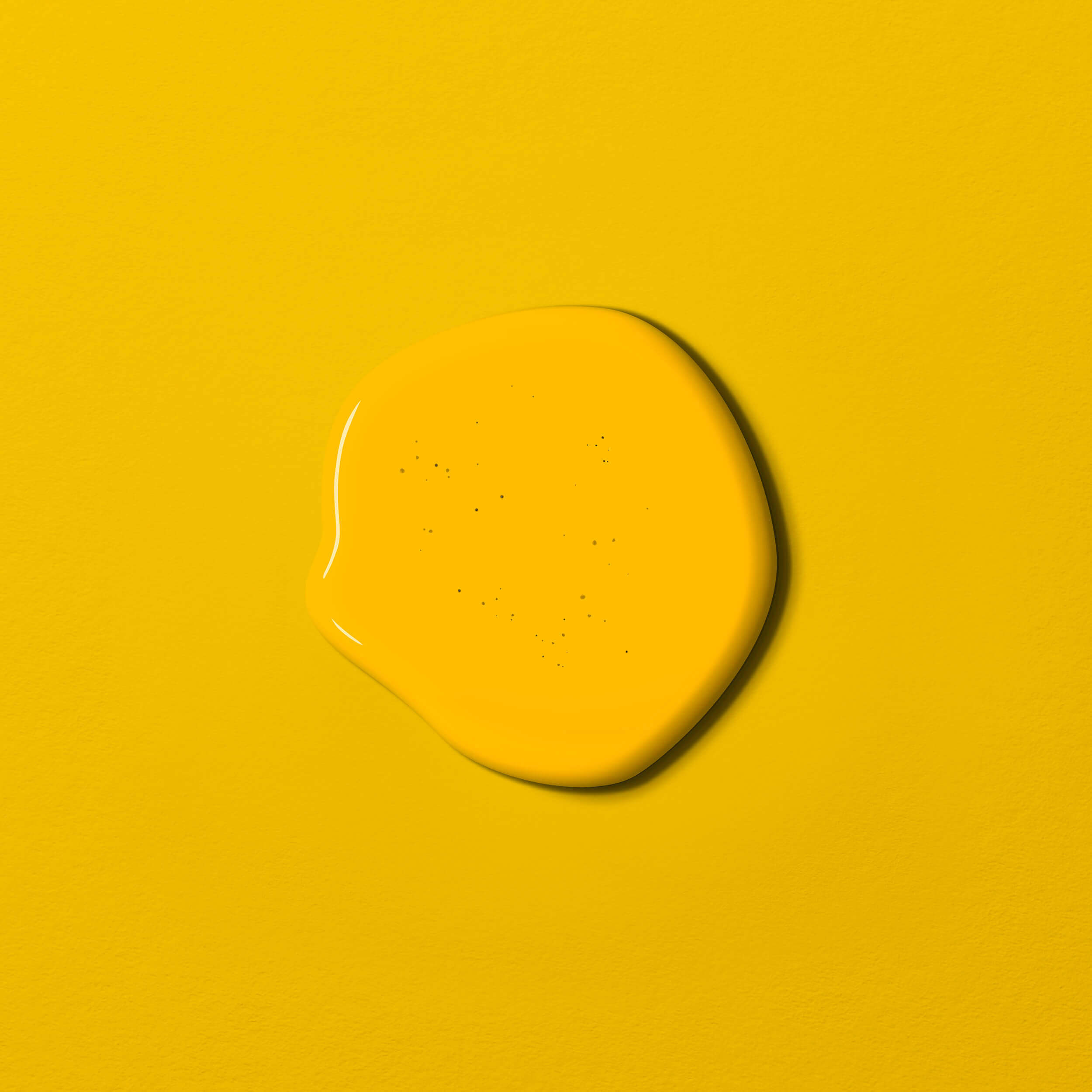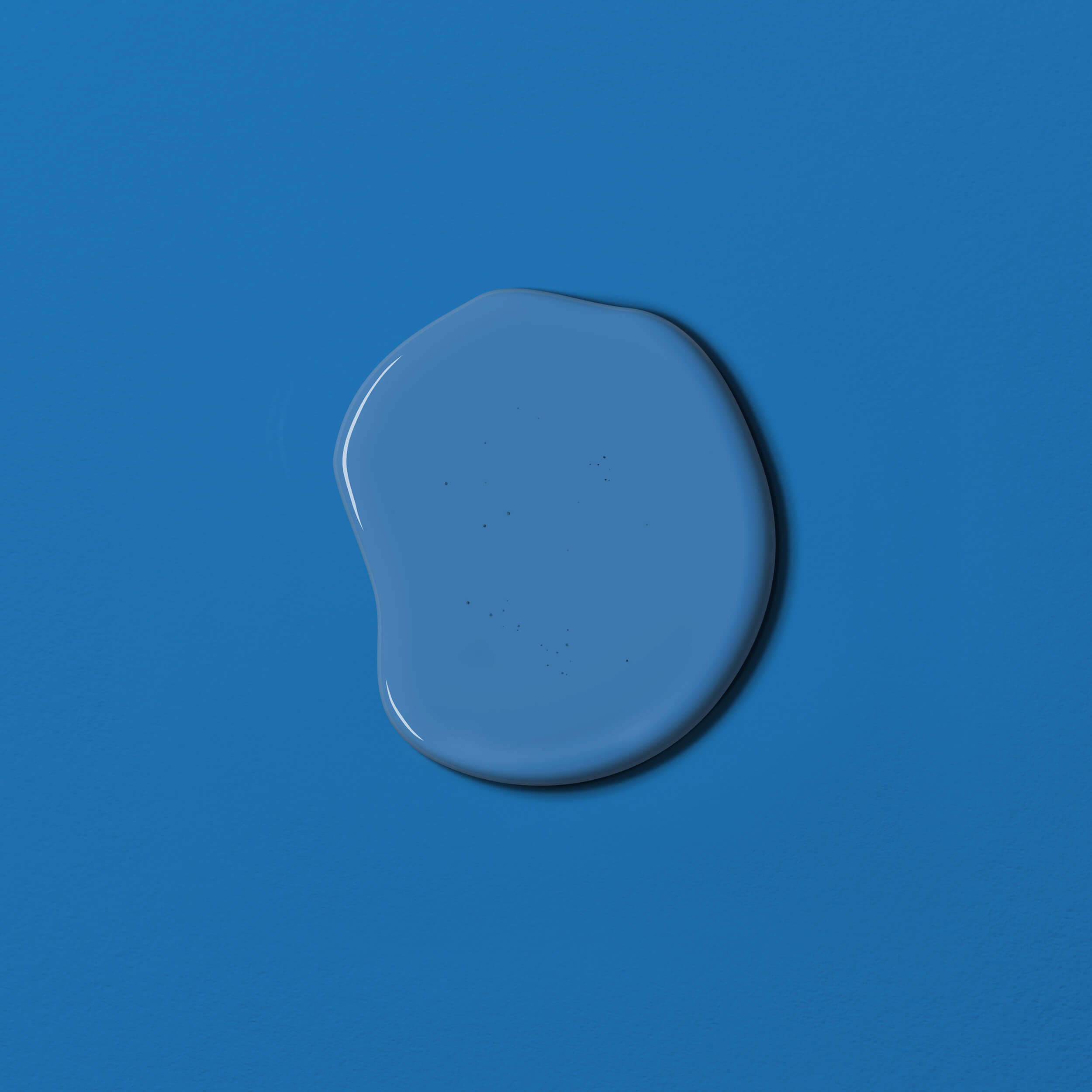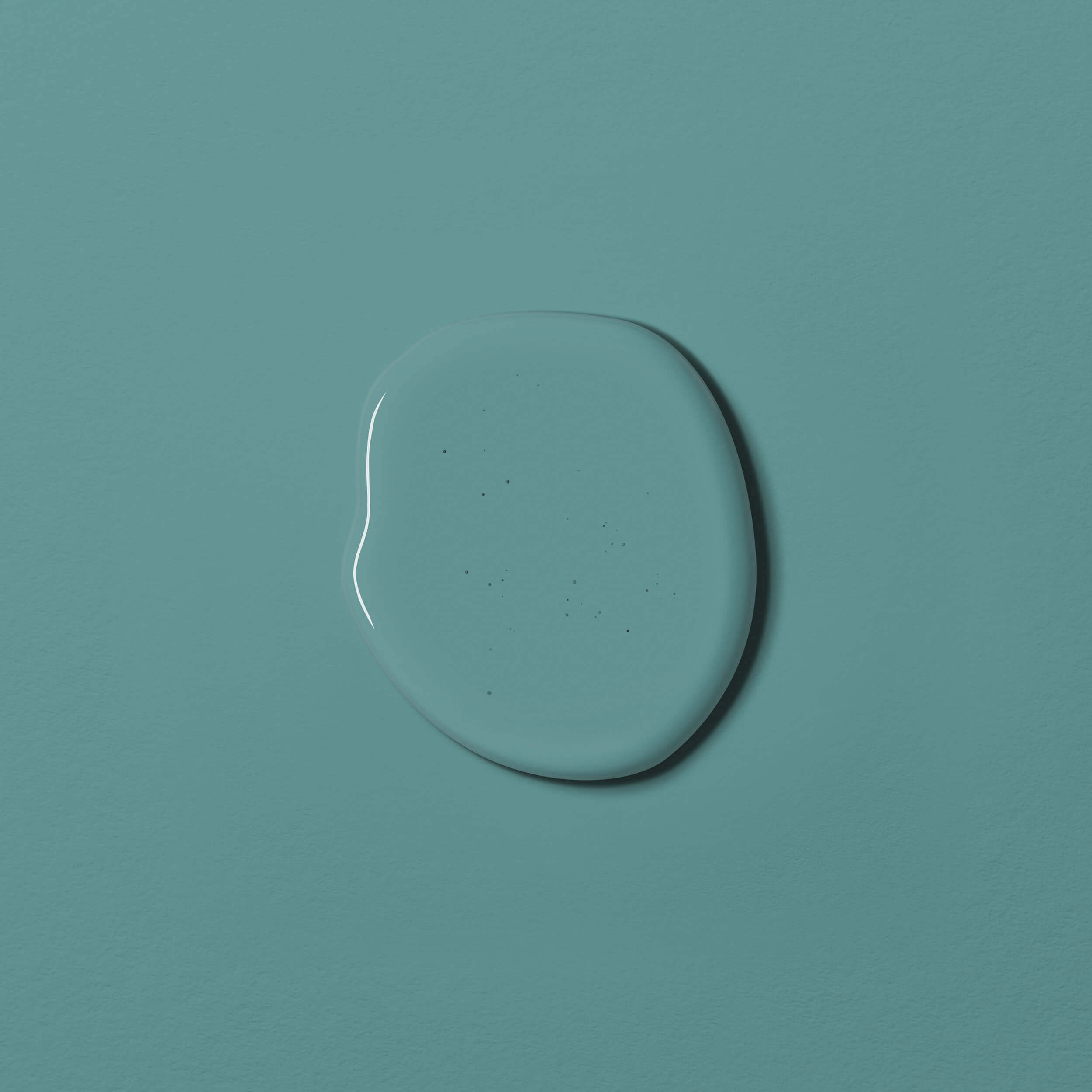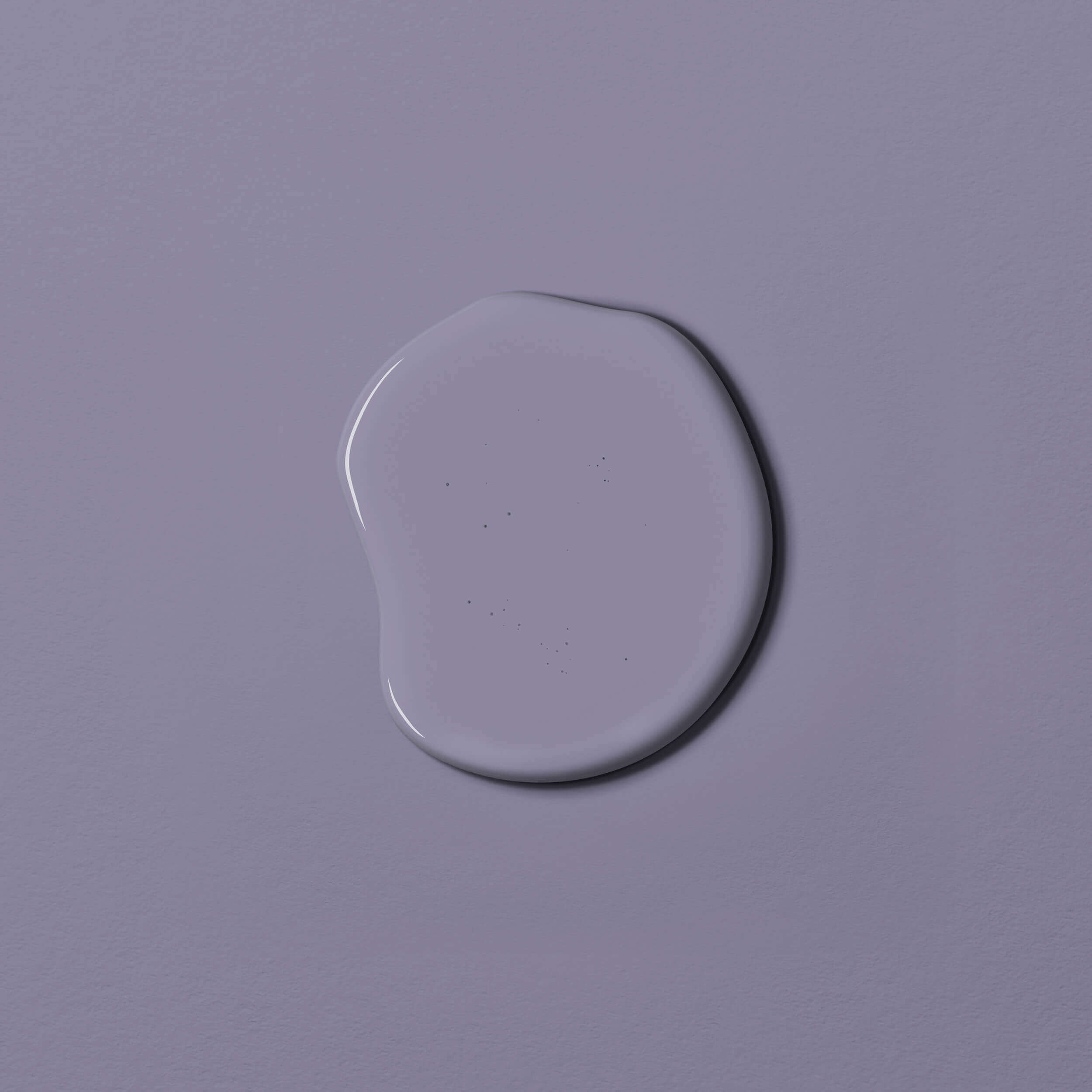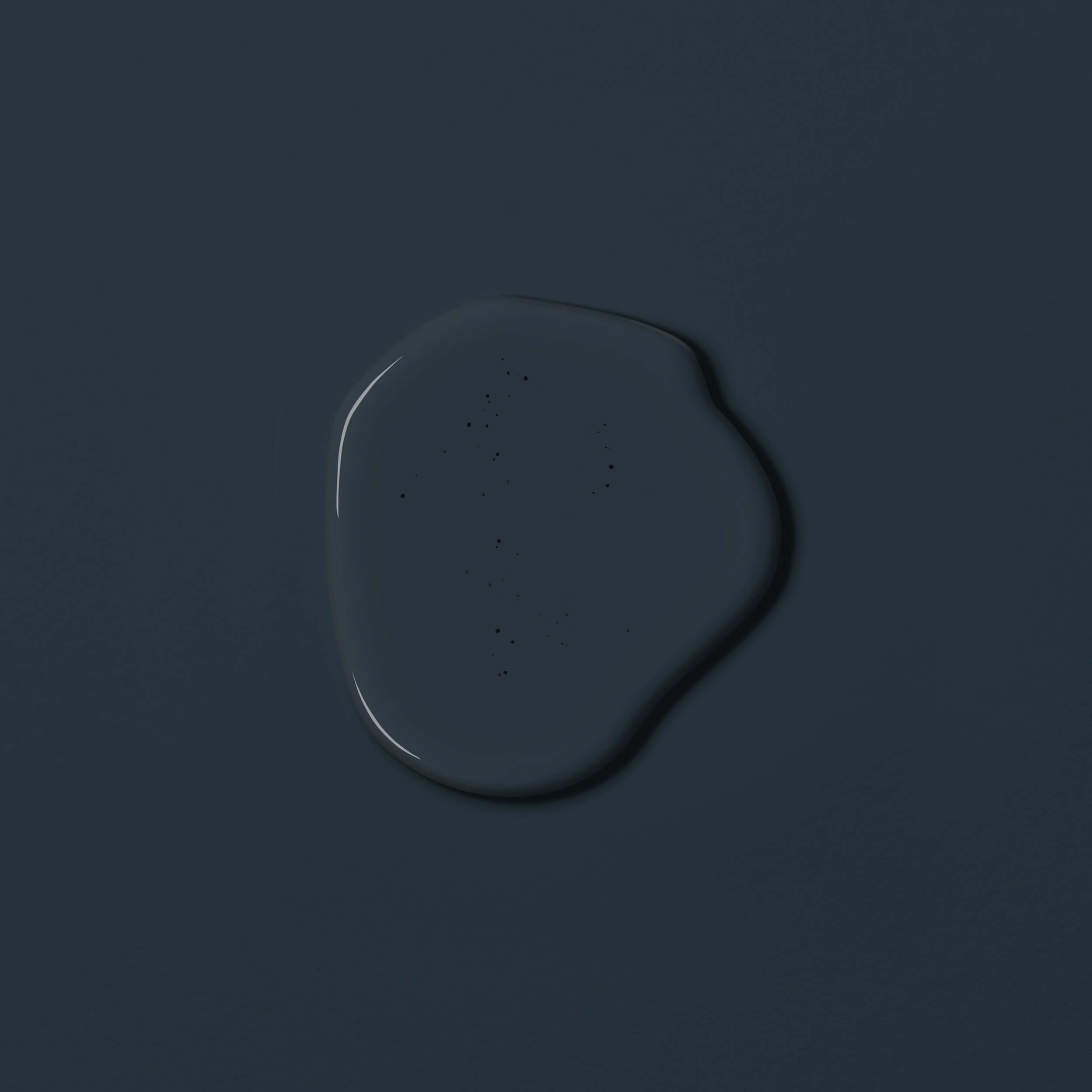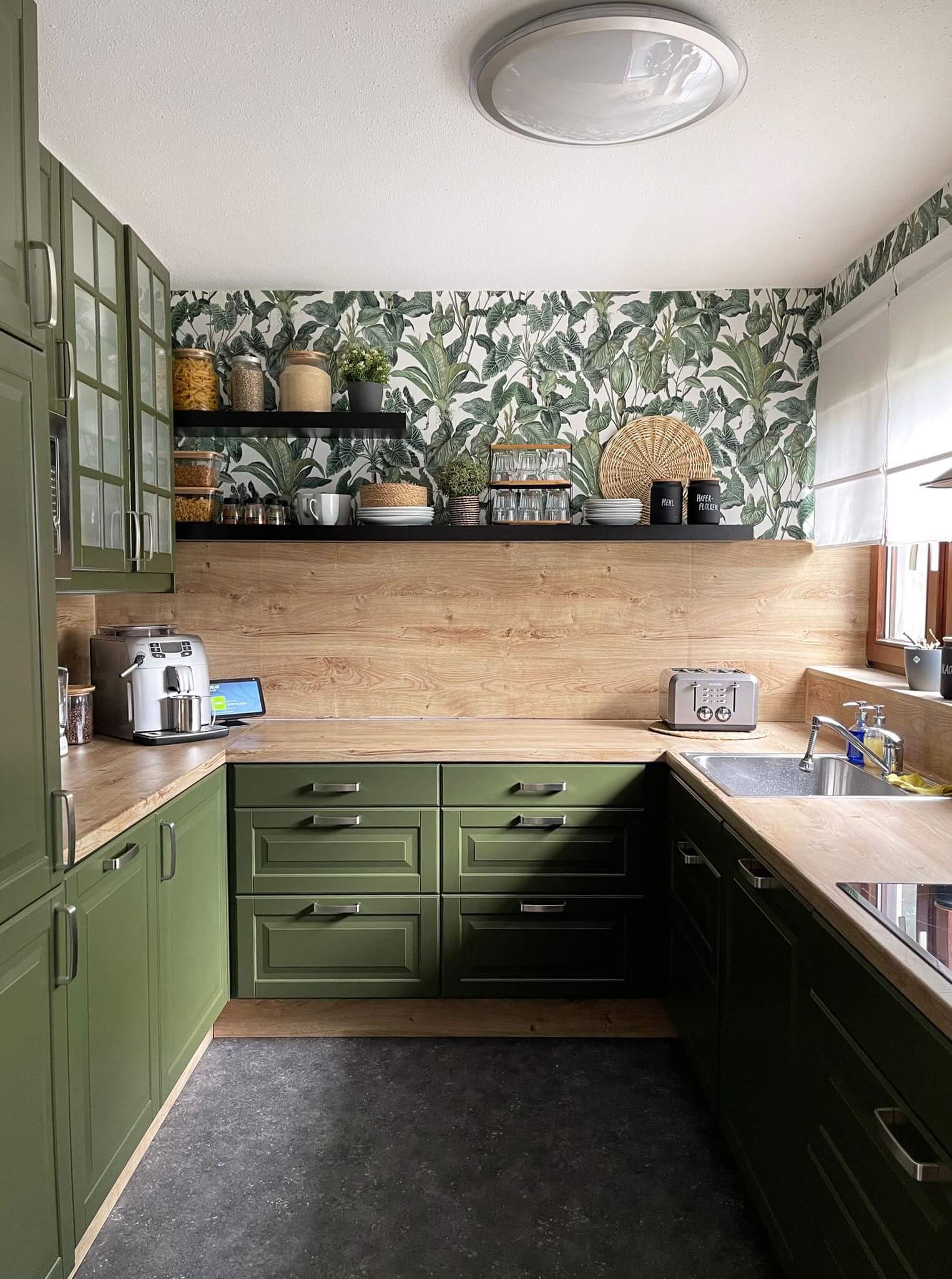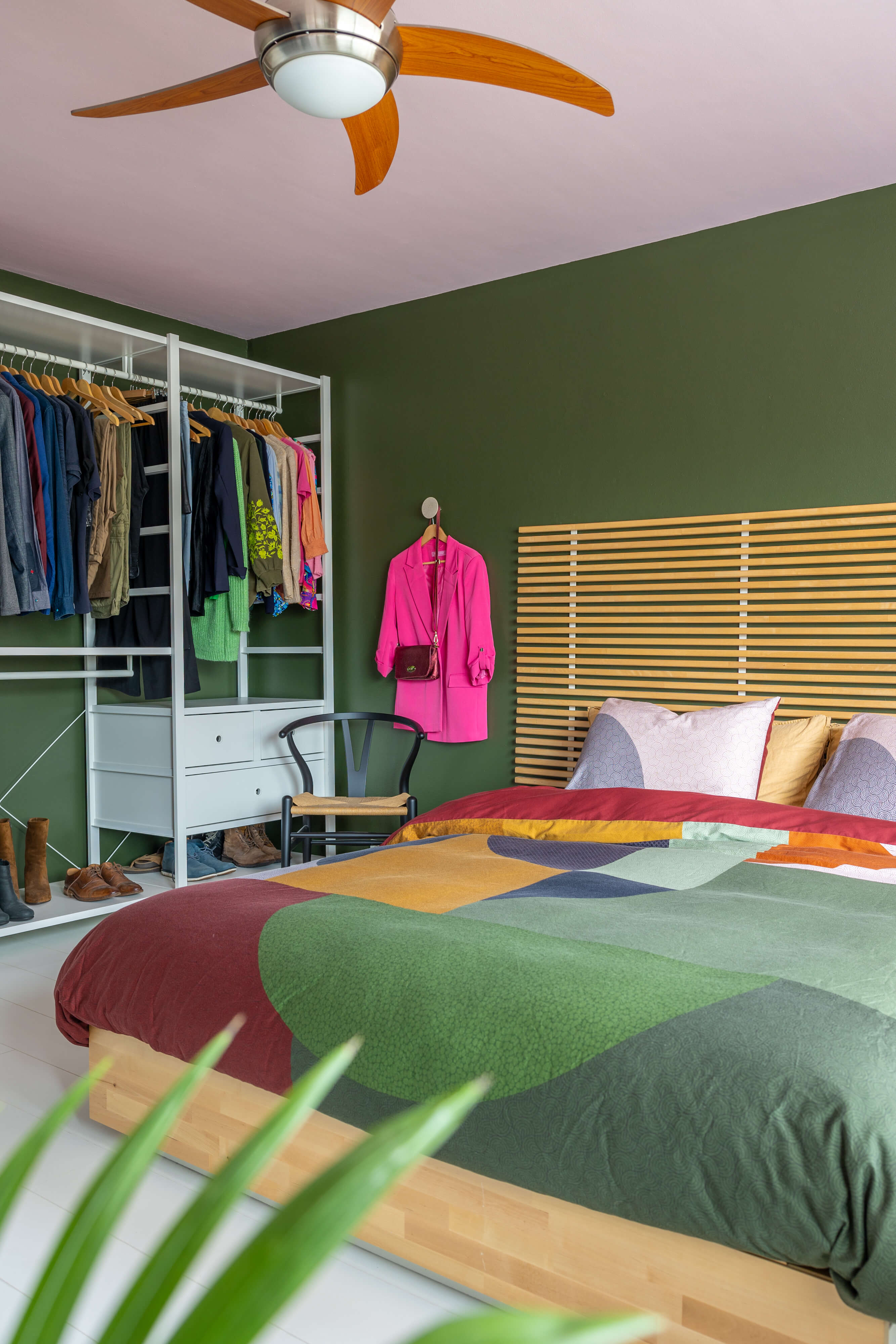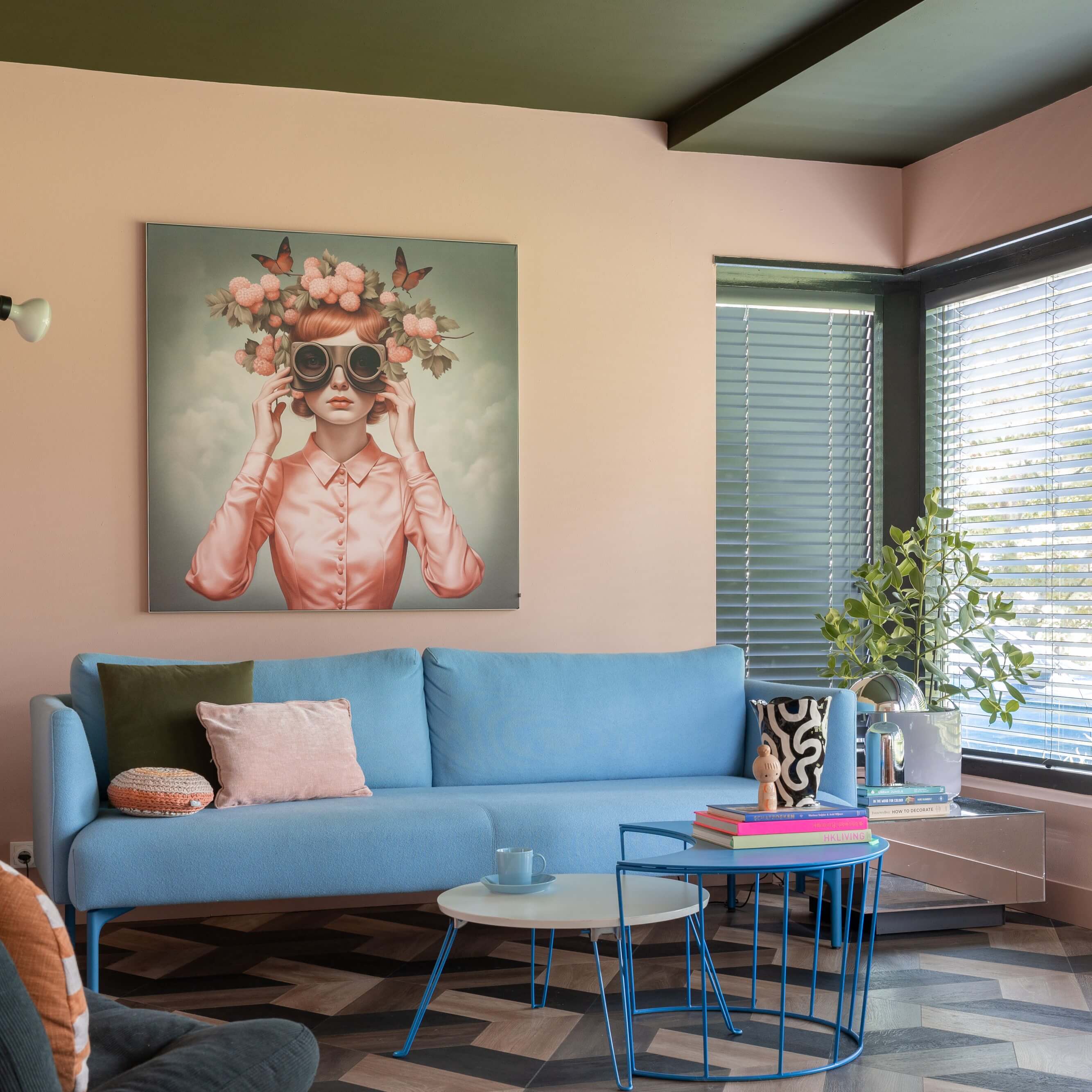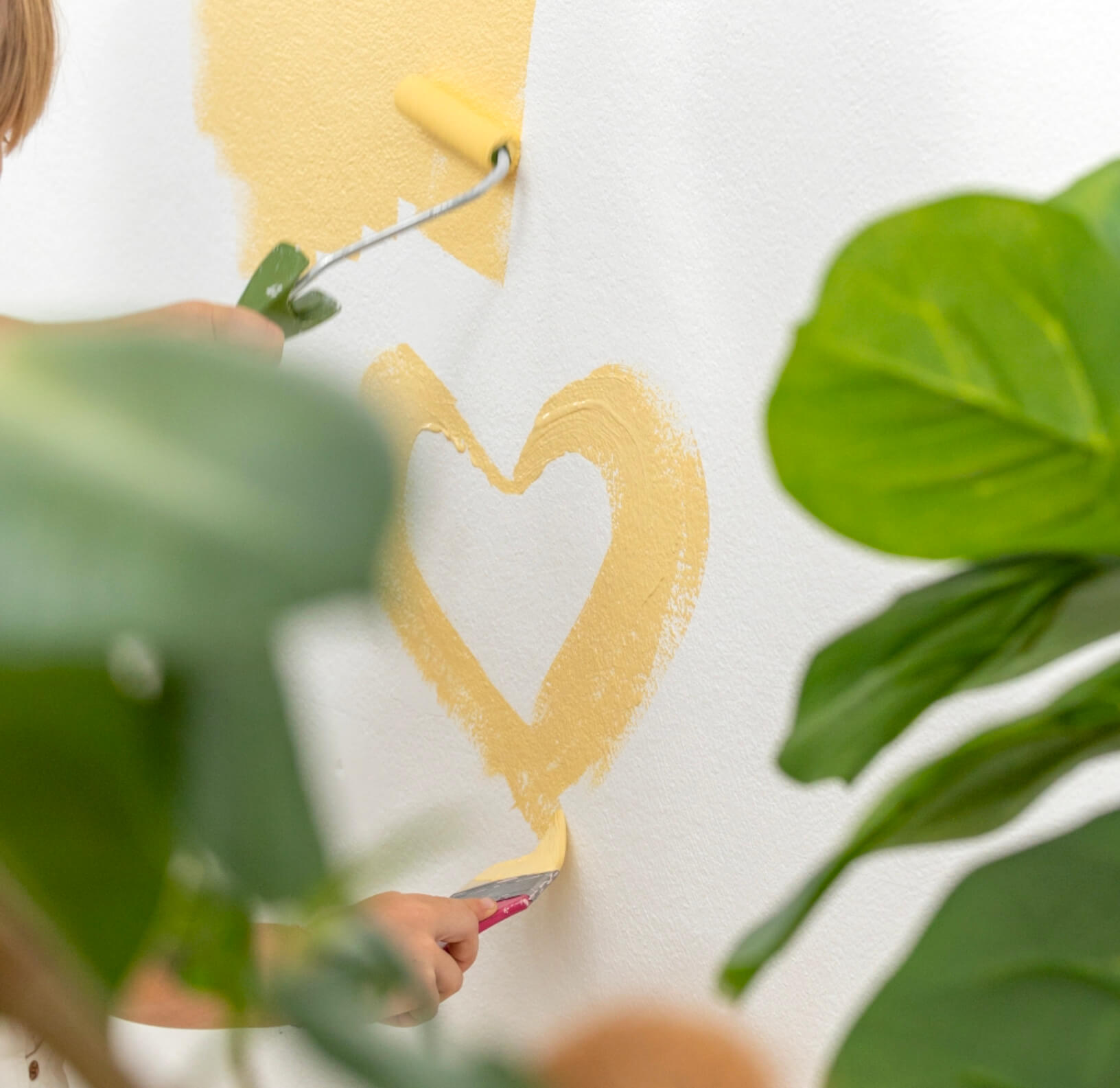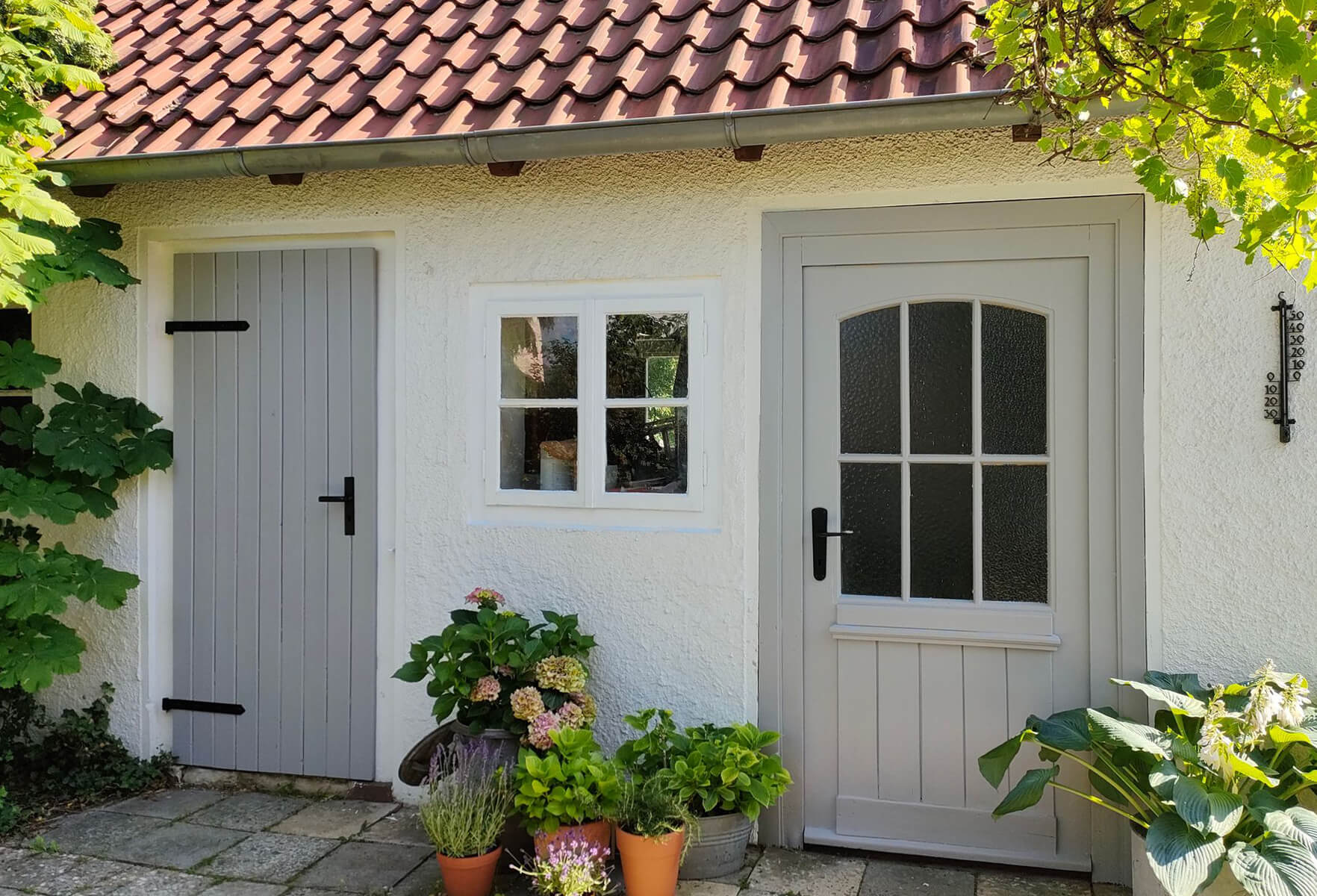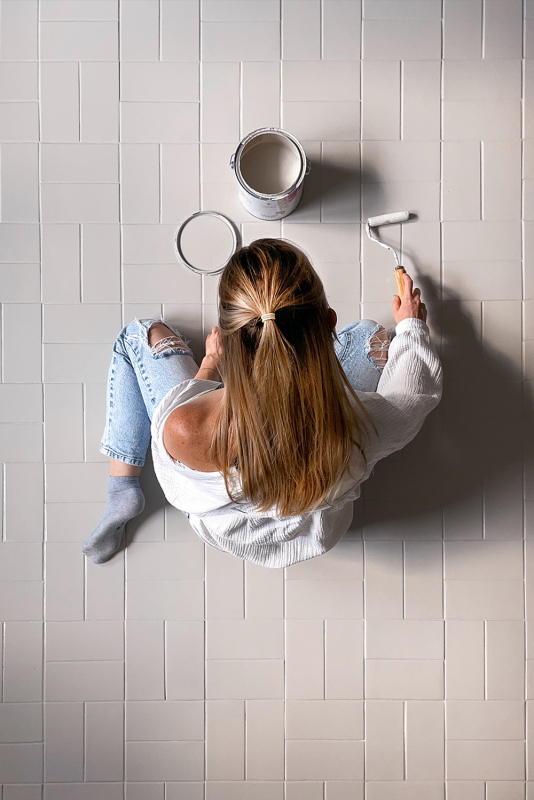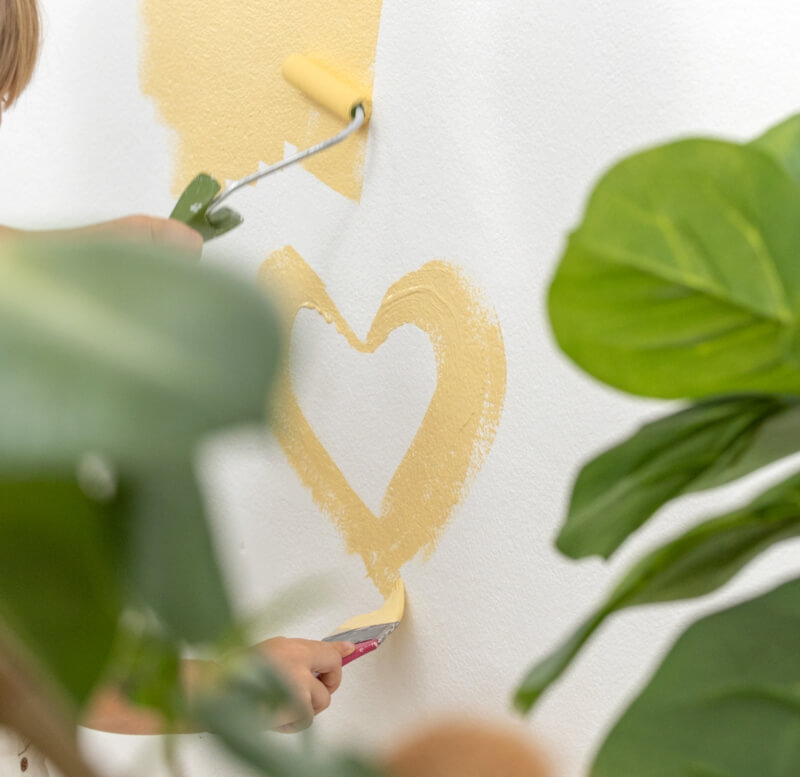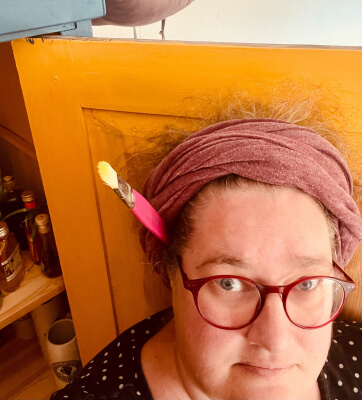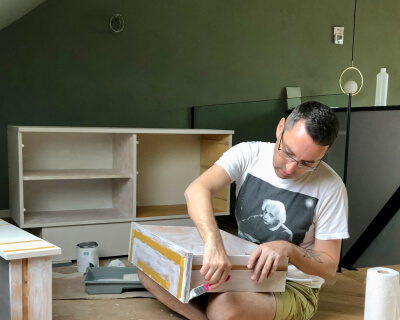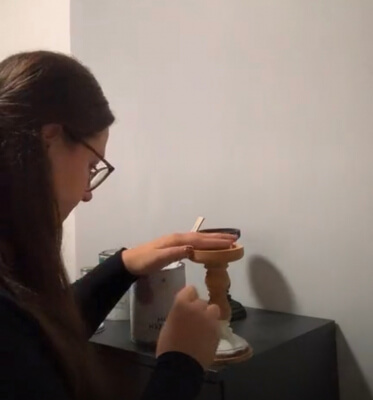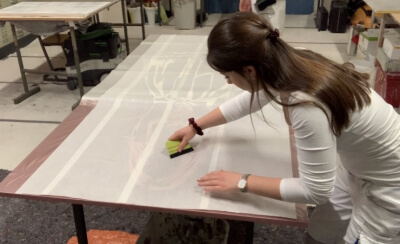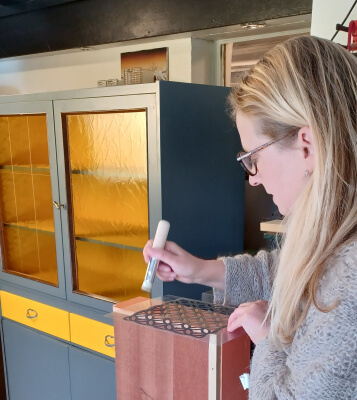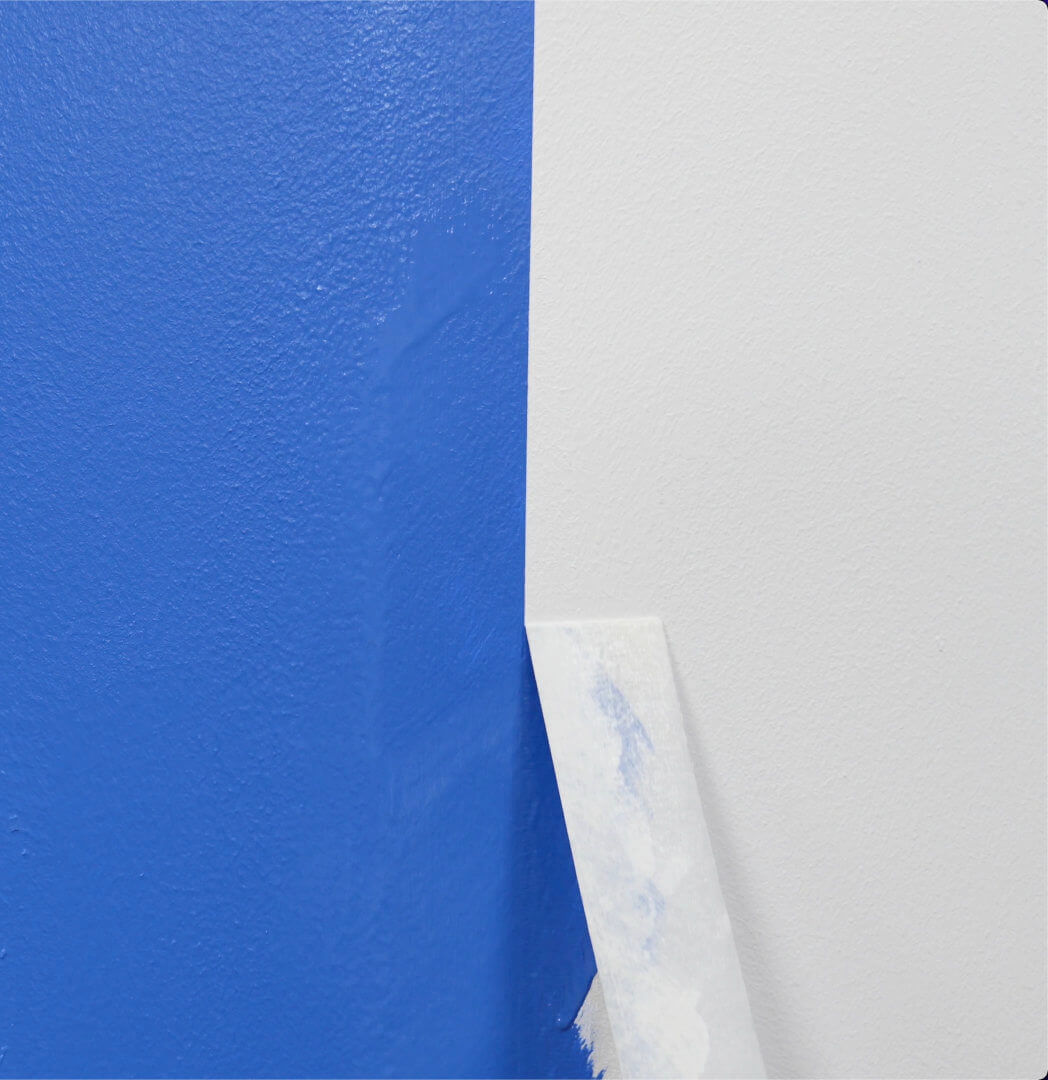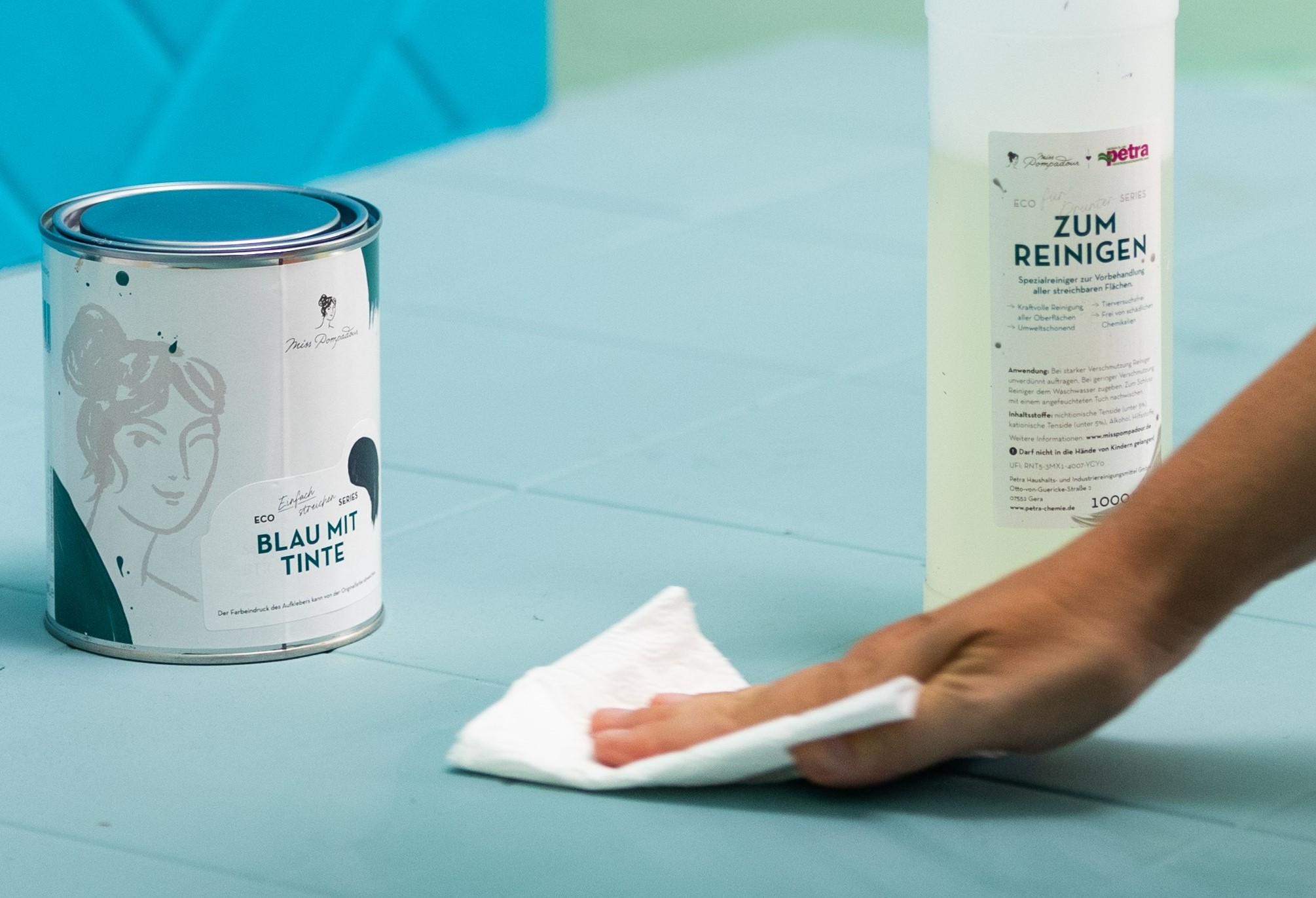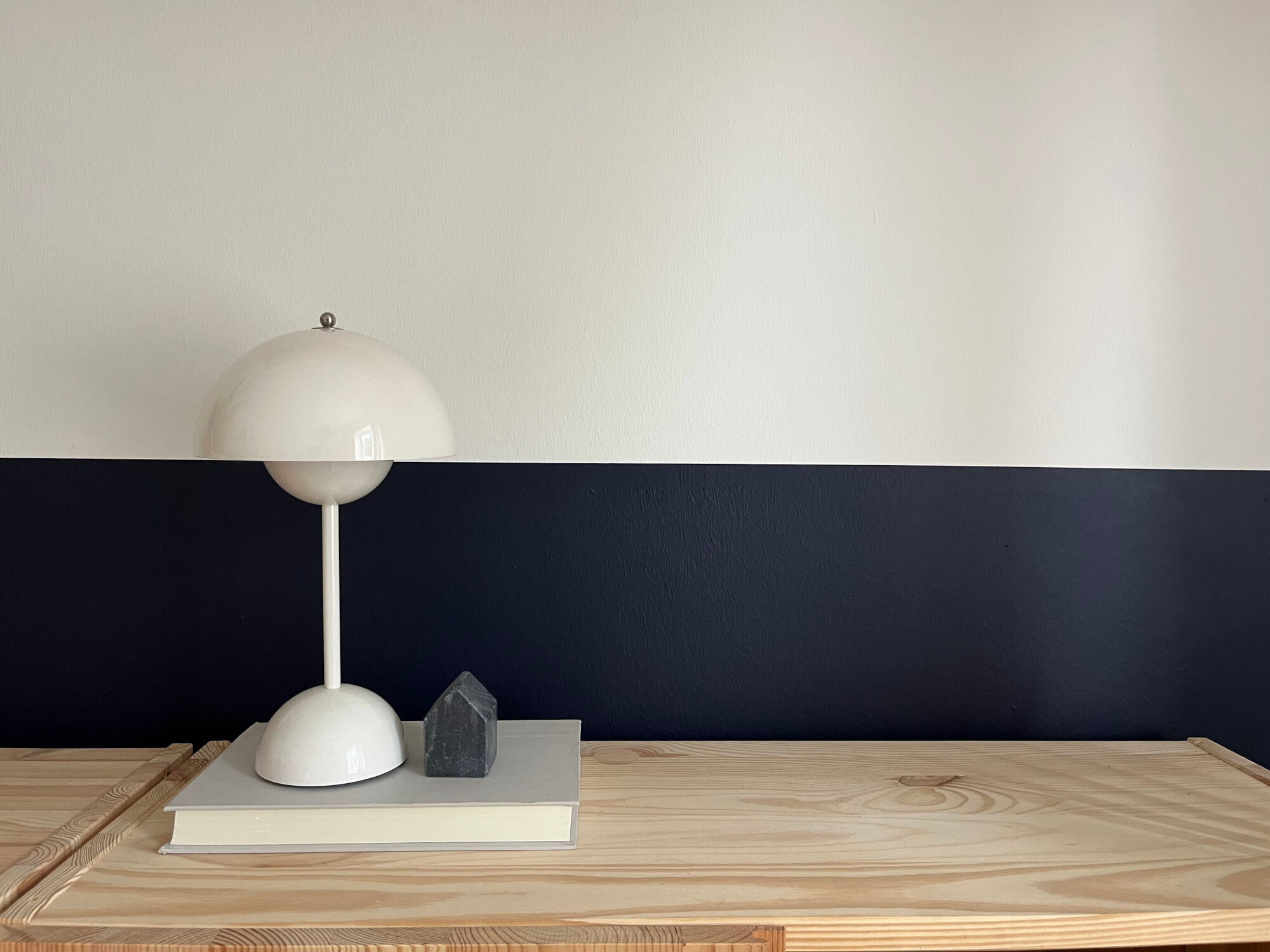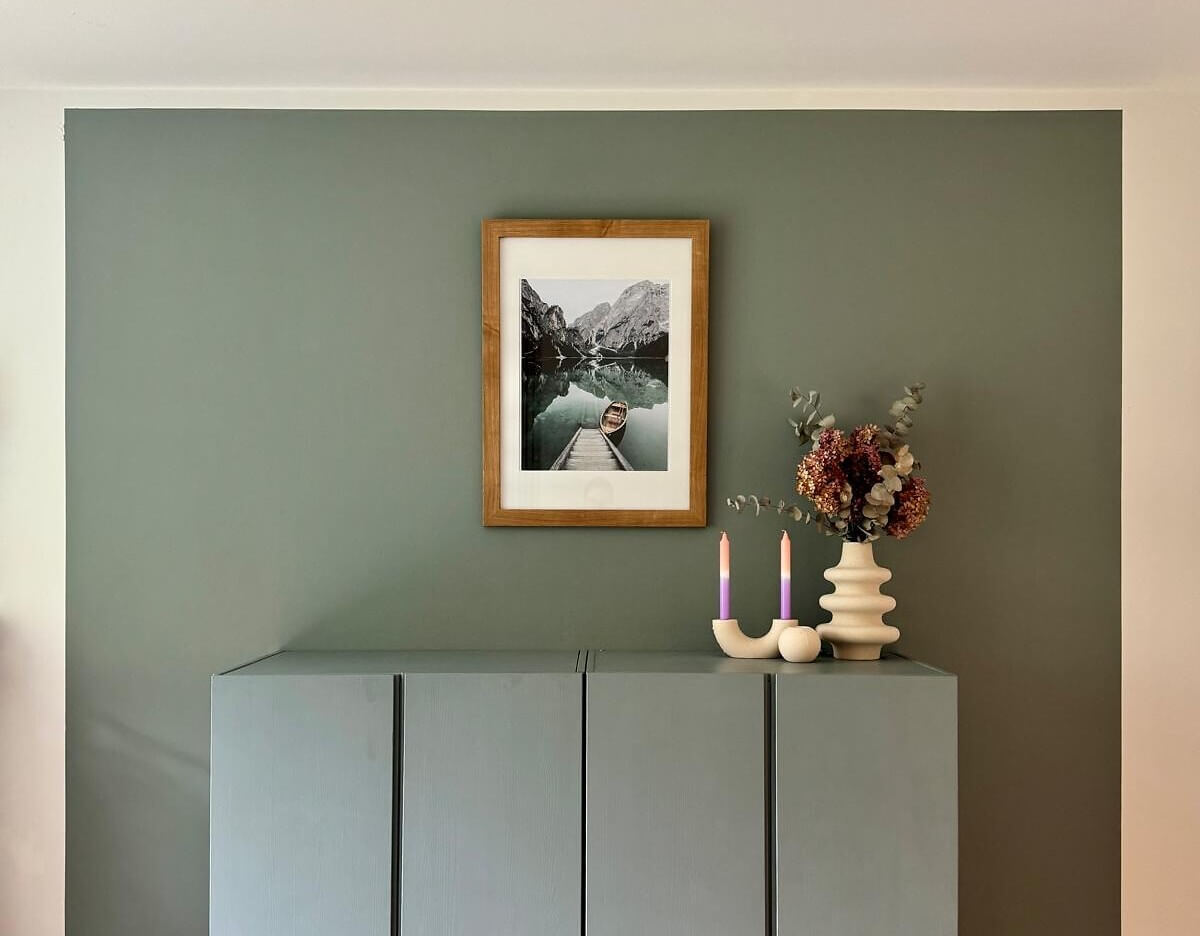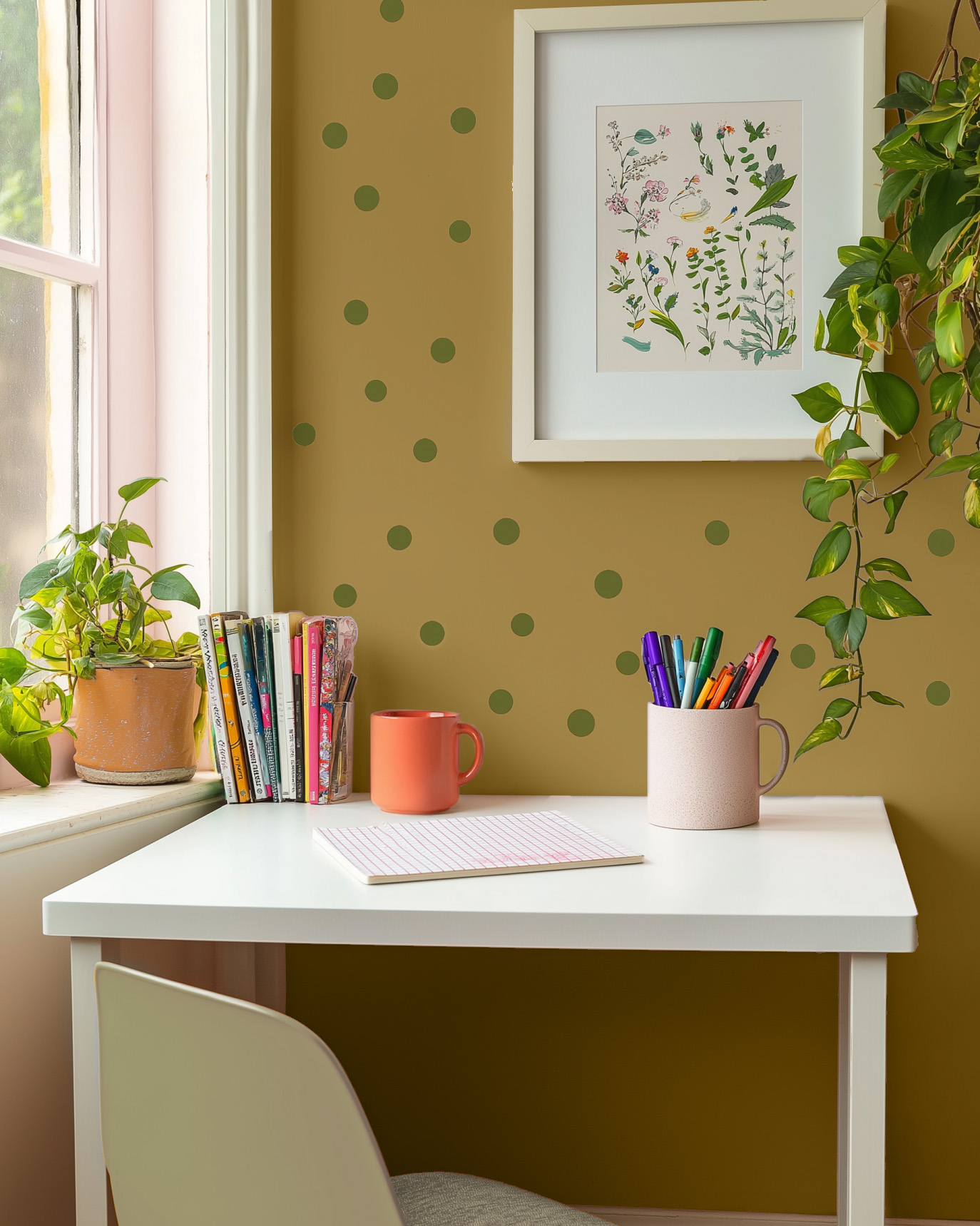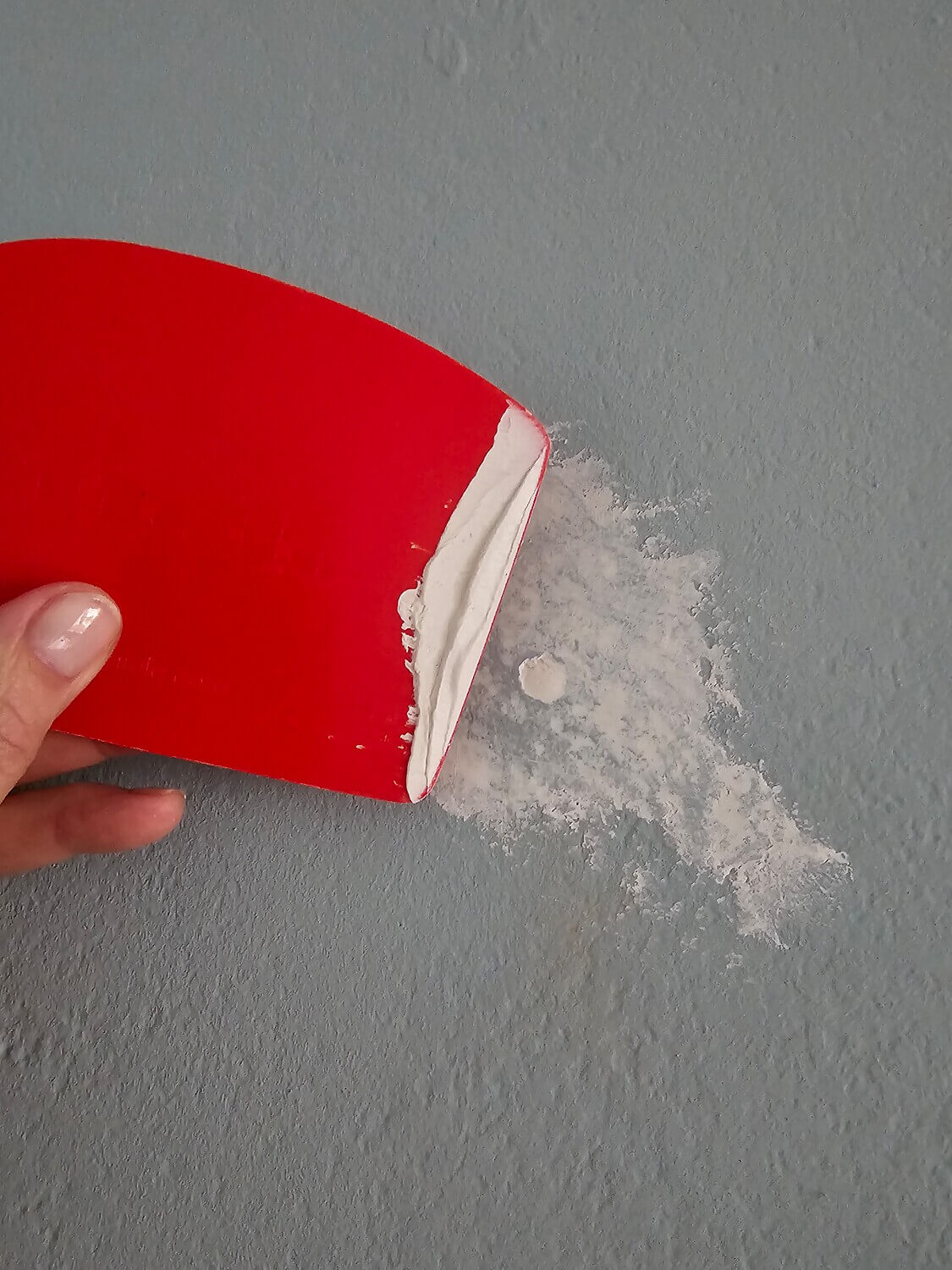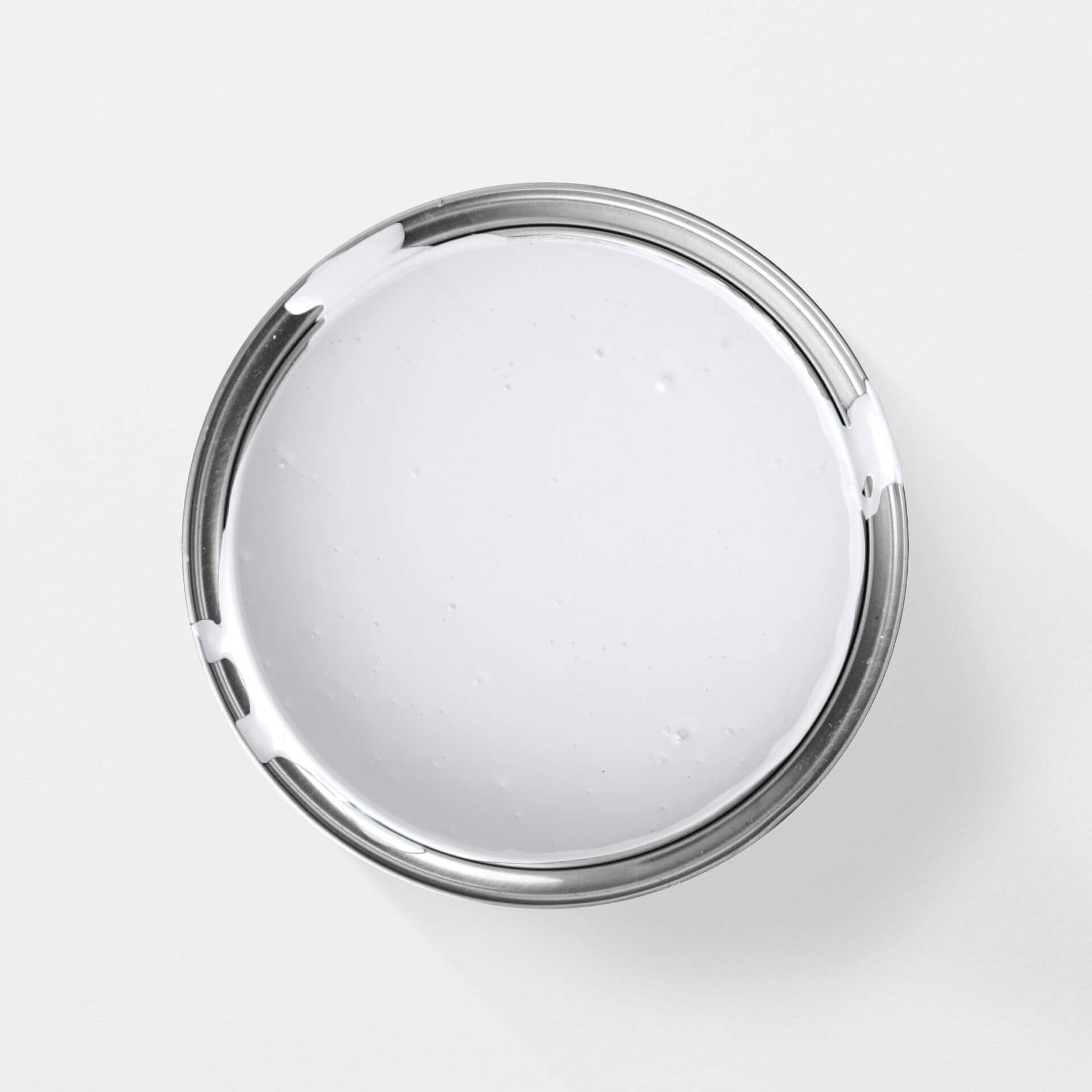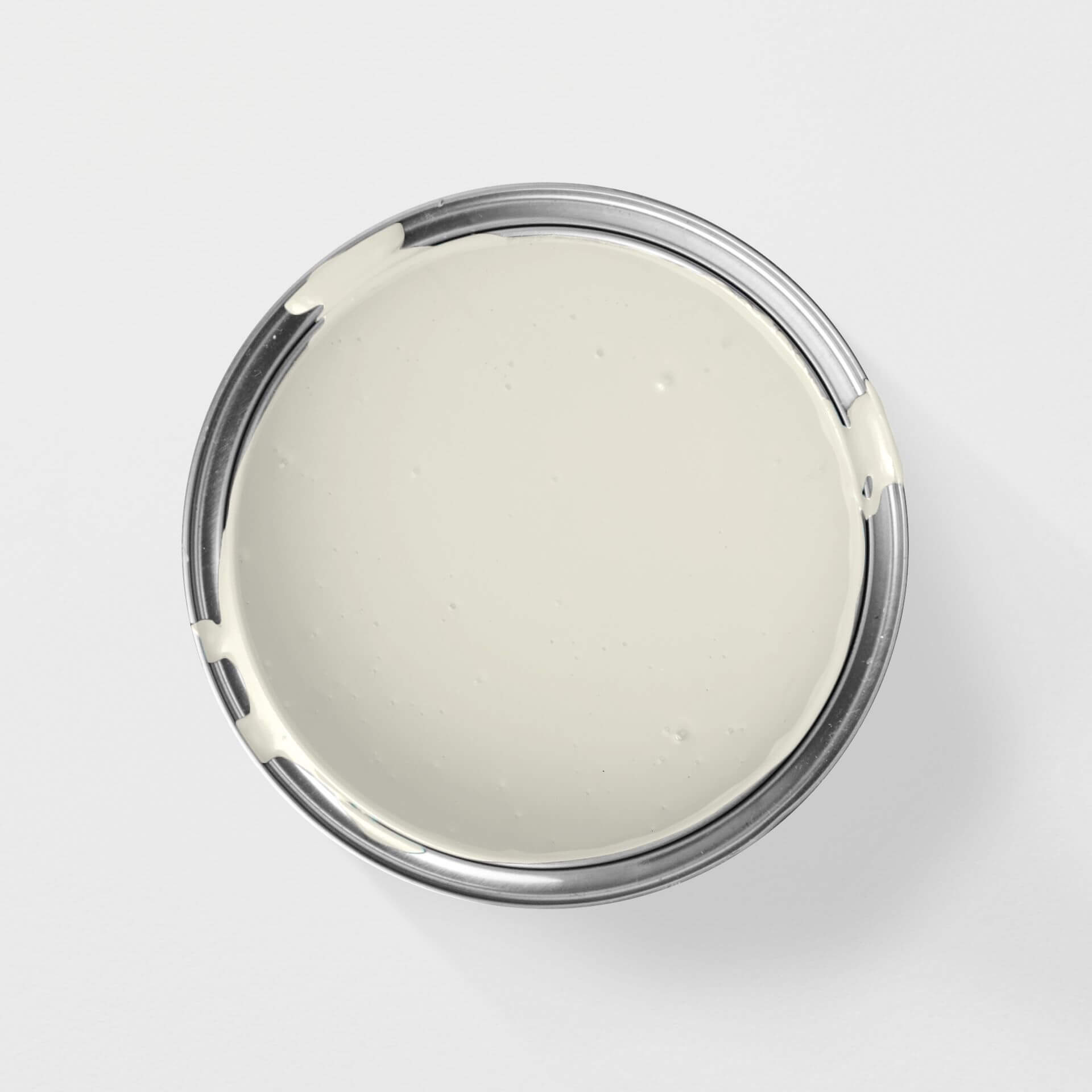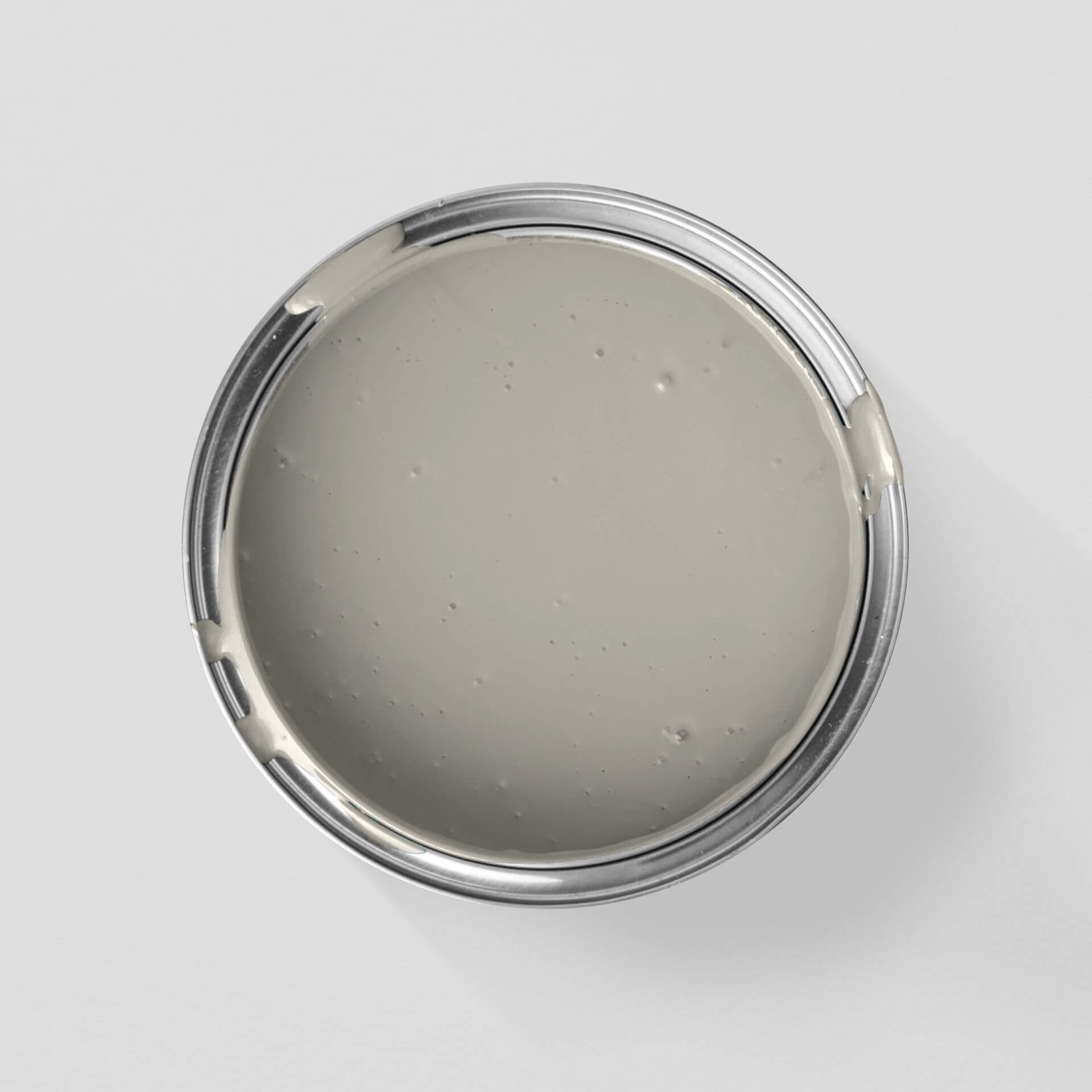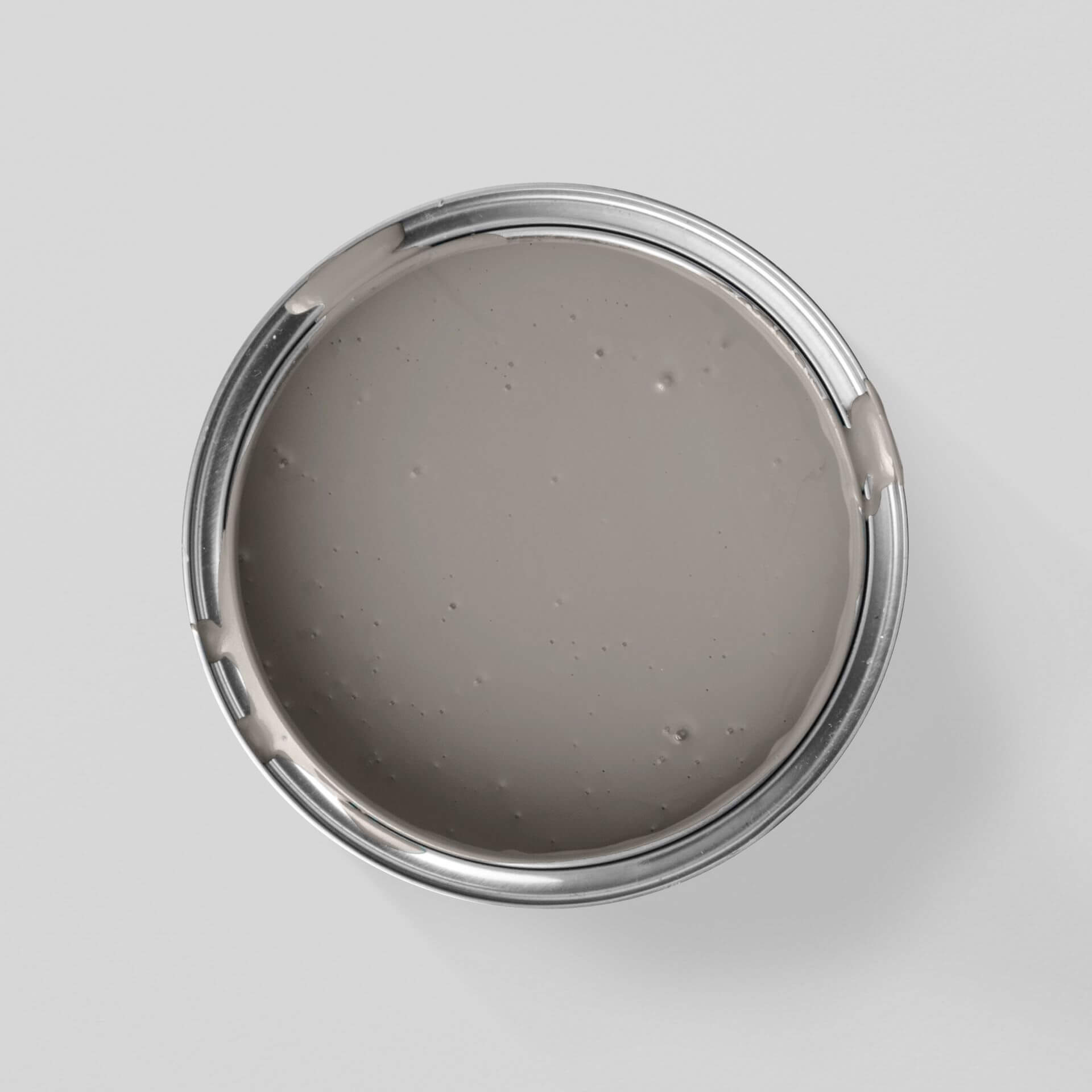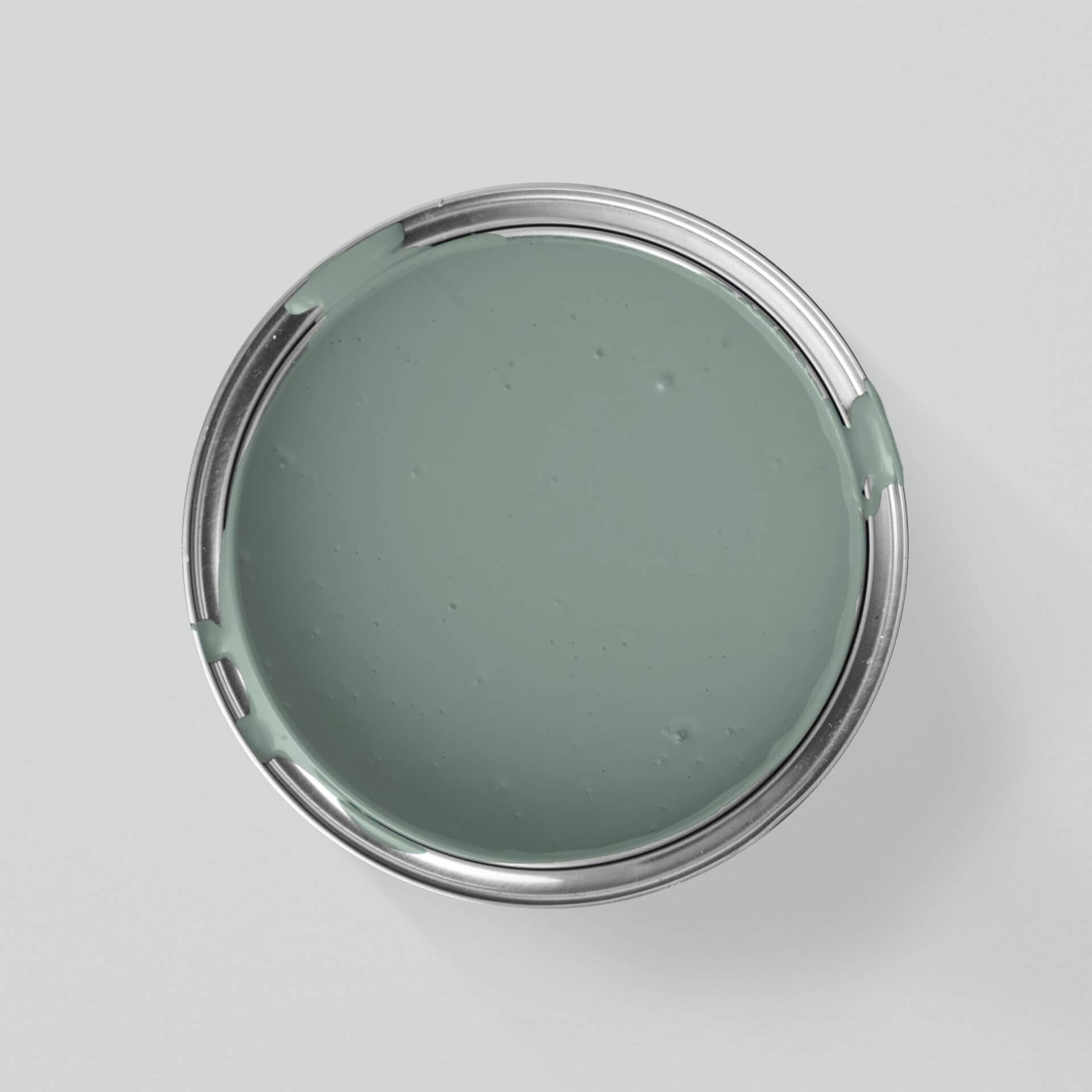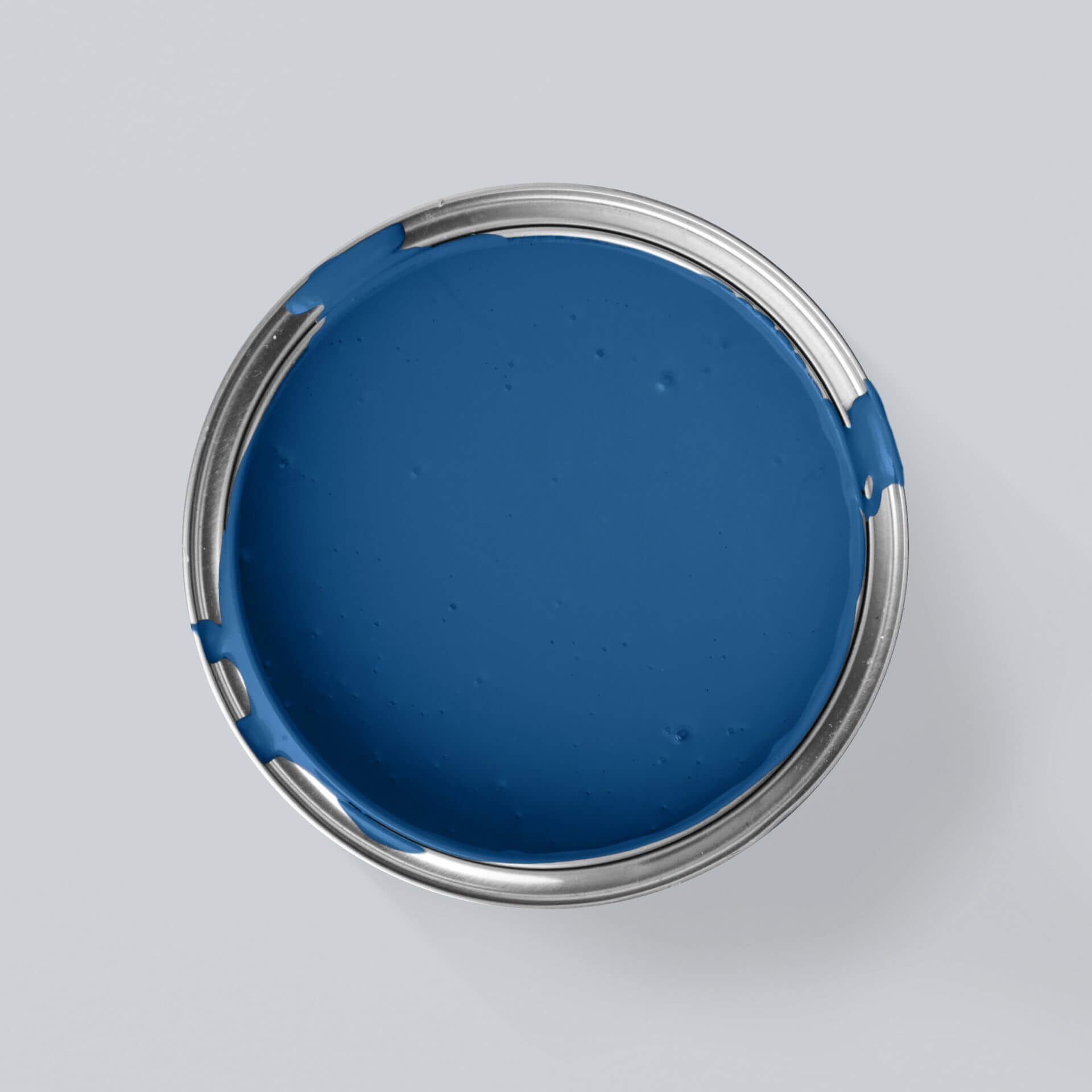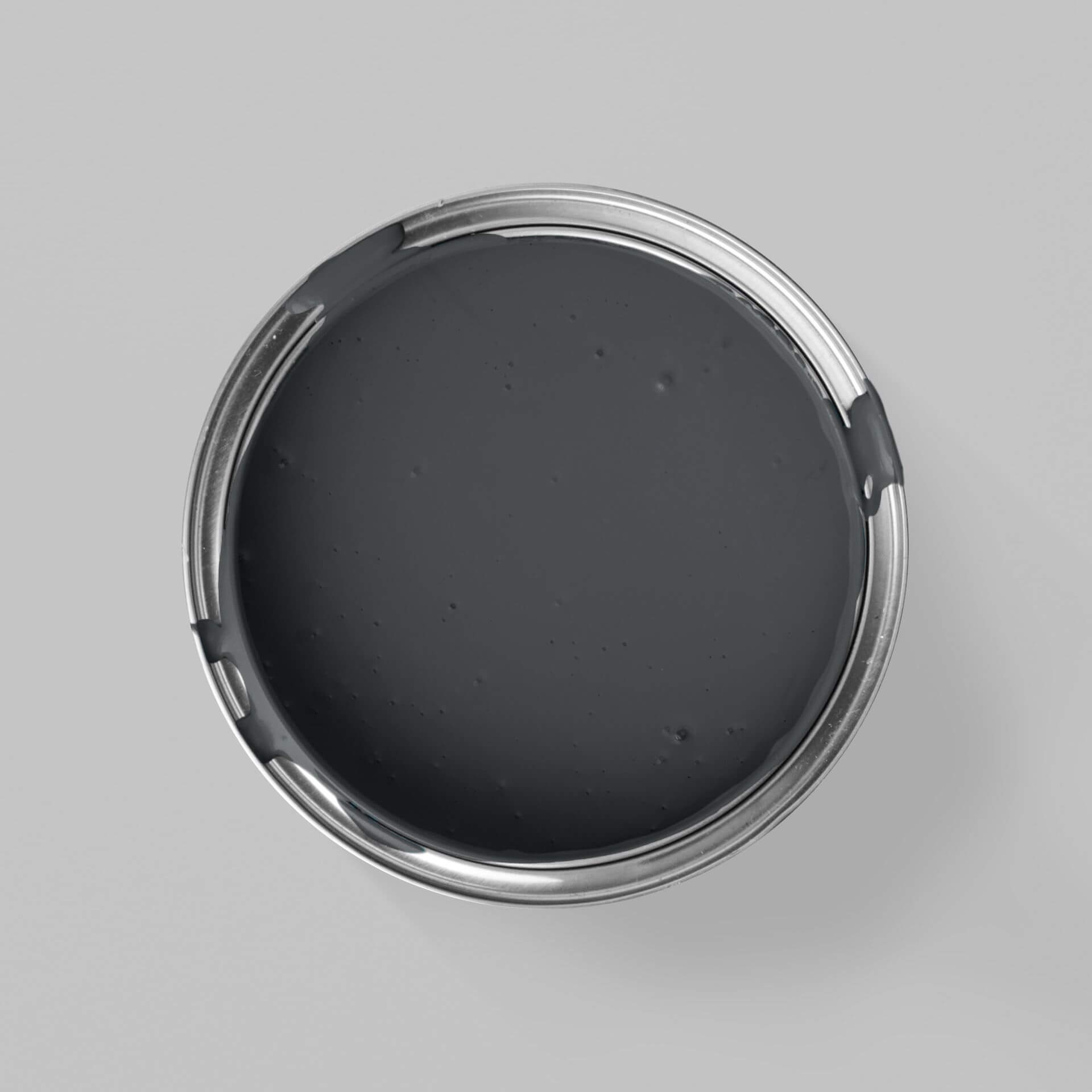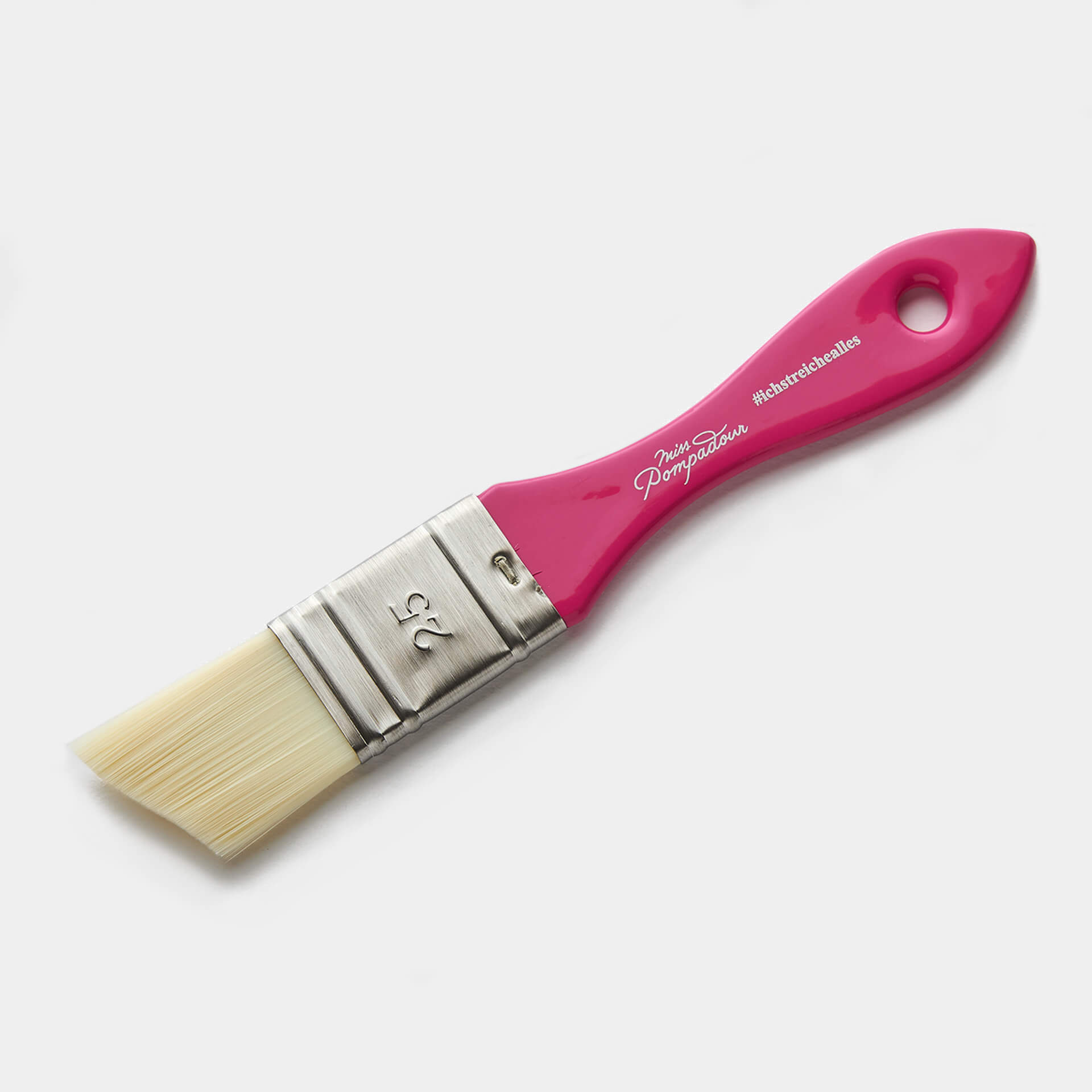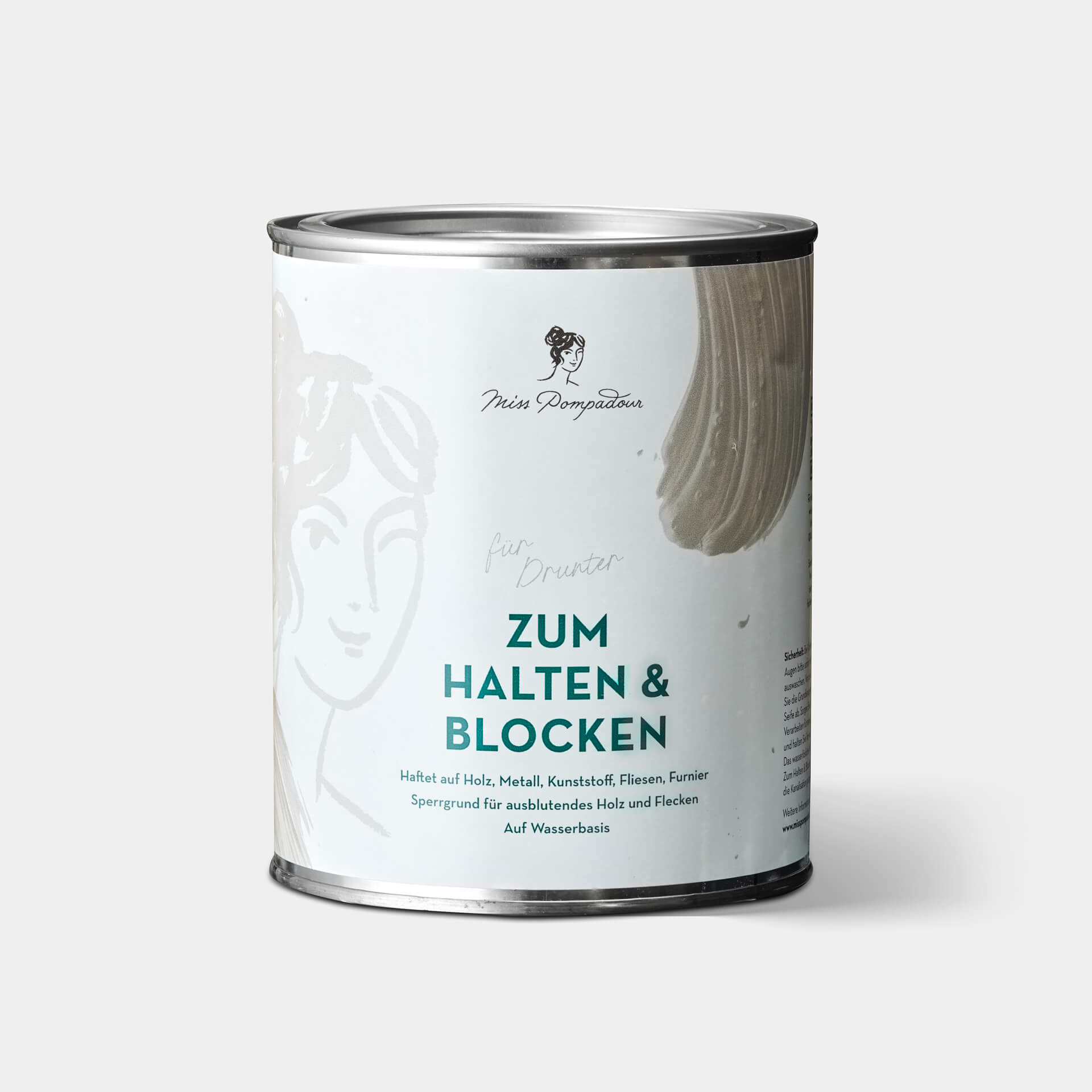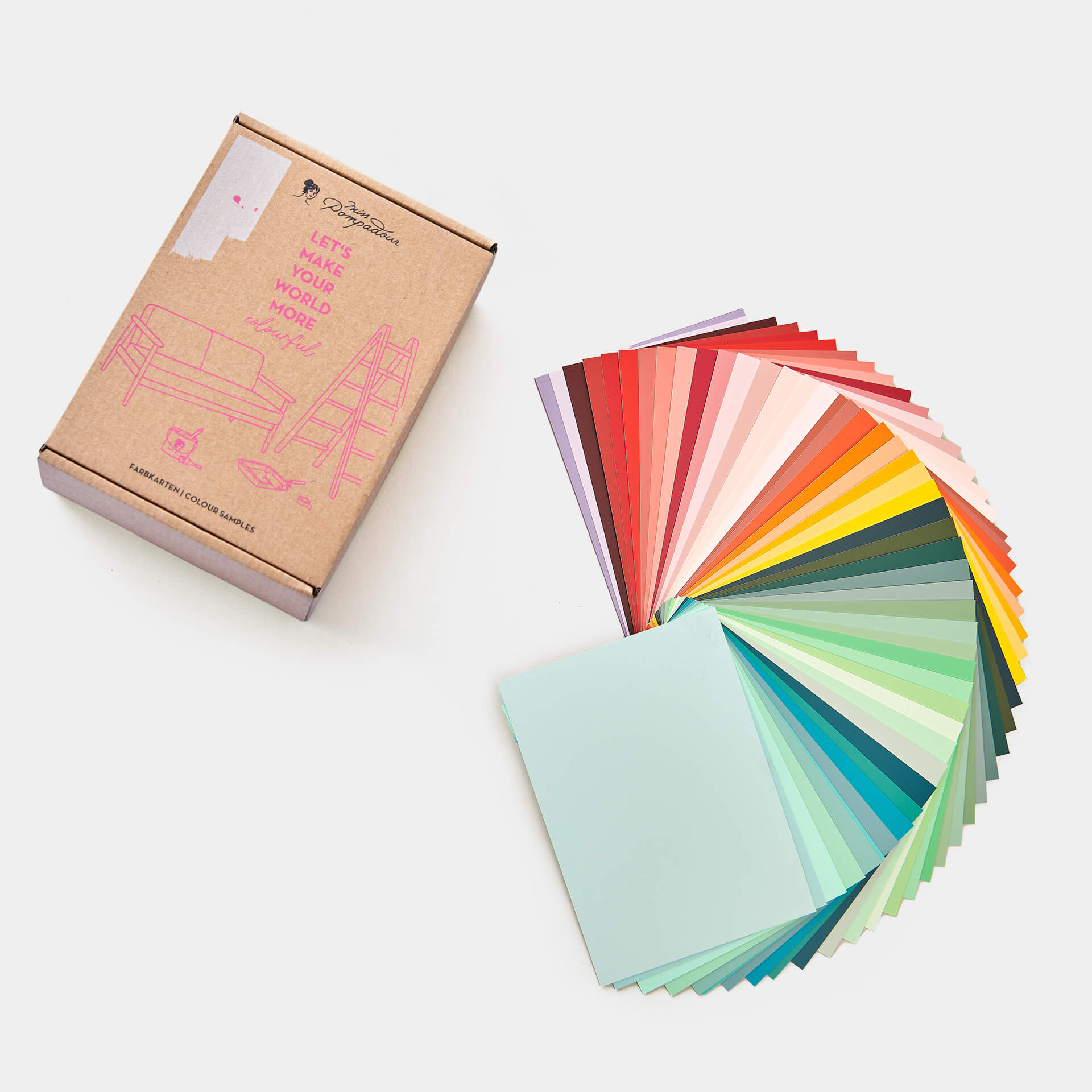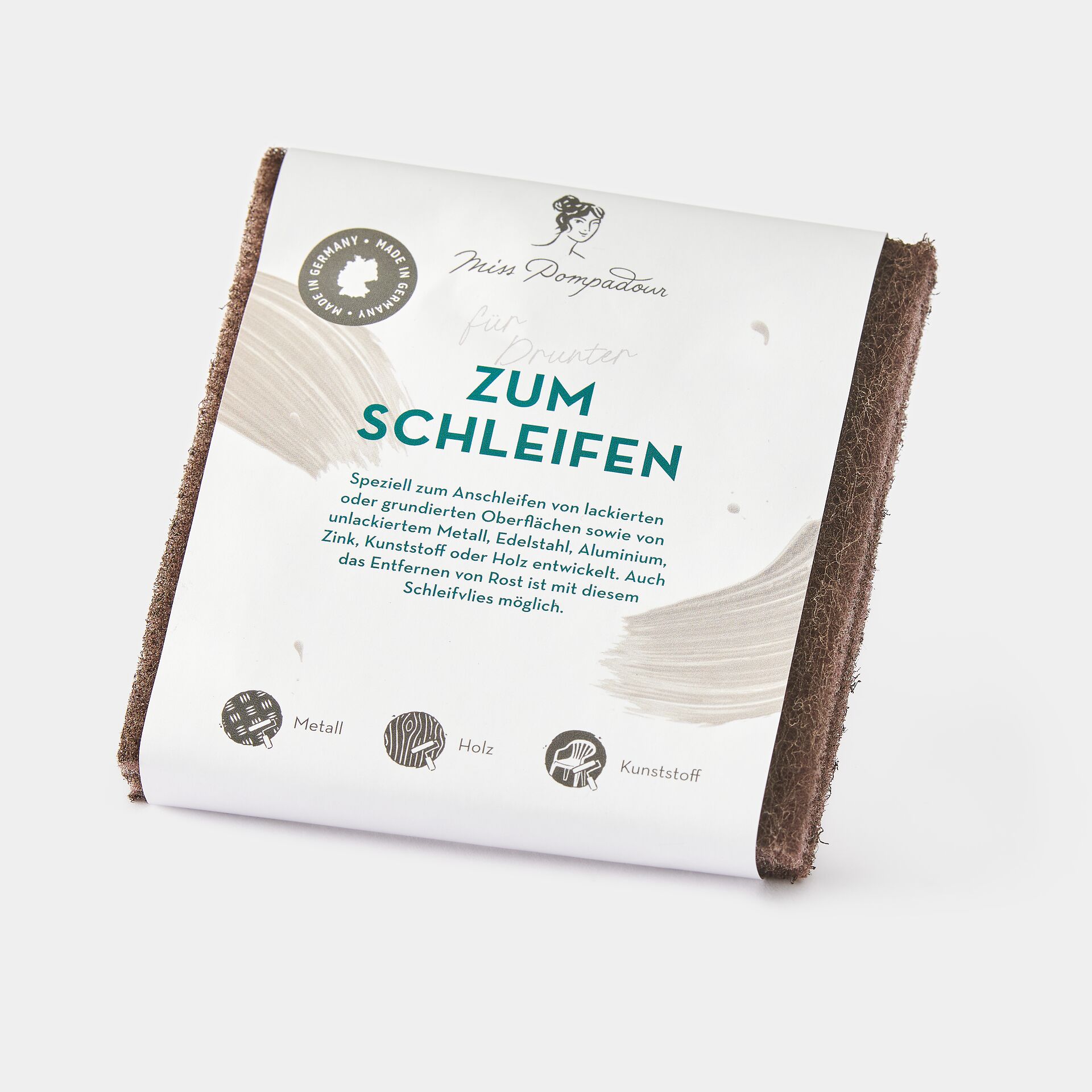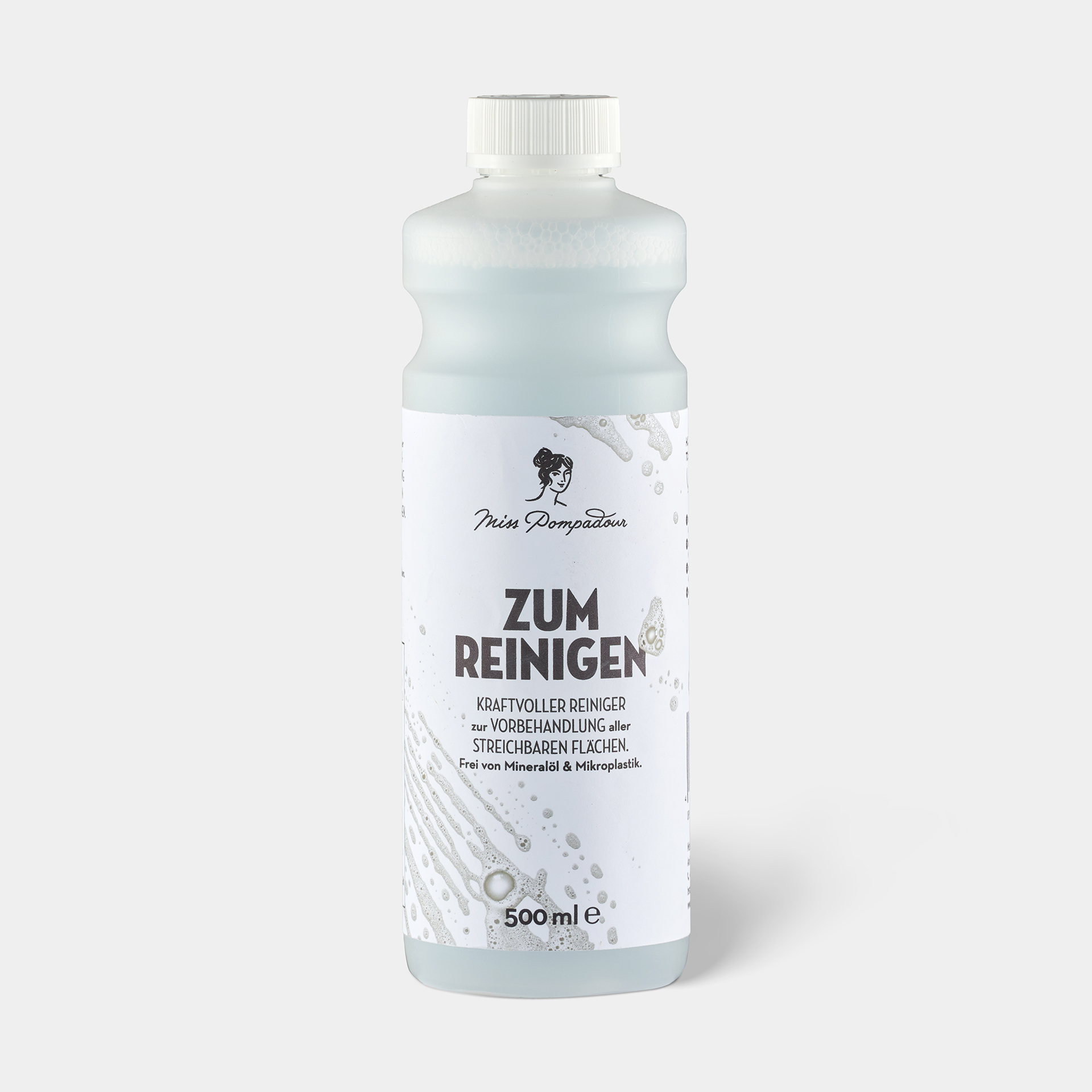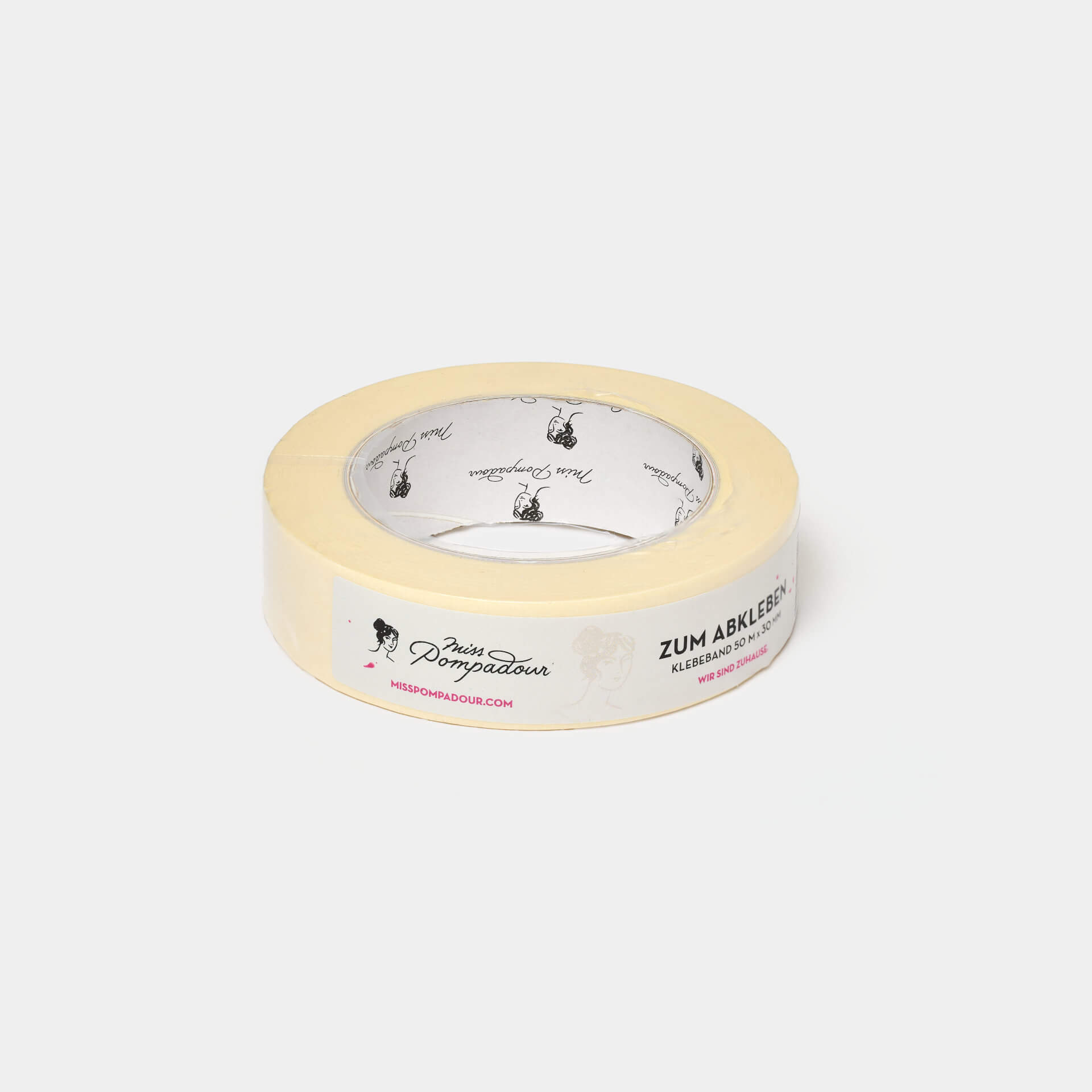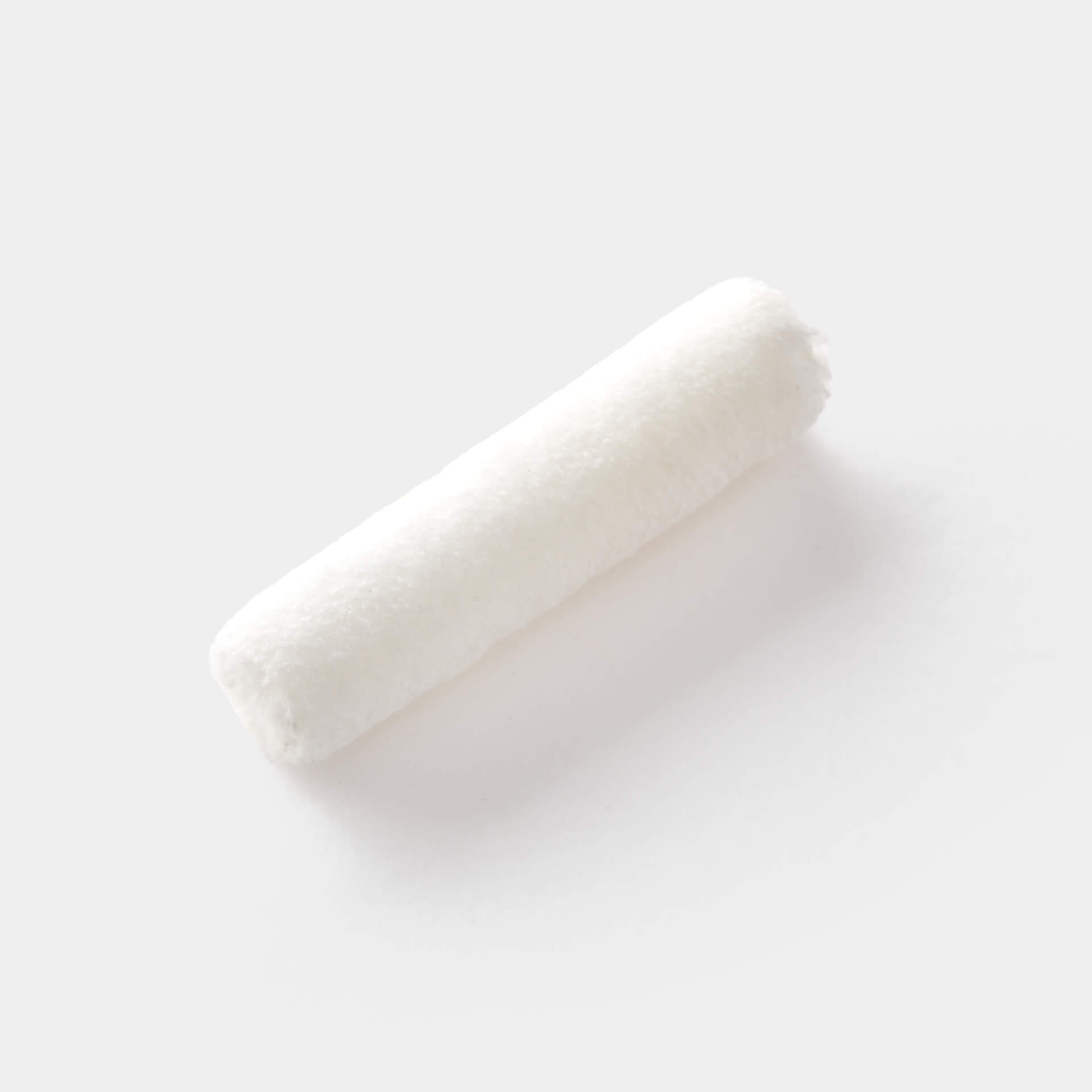Painting a Front Door with Chalk Paint: Beautify Your Home
10 min reading time
The front door is more than just an entrance through which the house is entered and left. It conveys the first impression of a house and its inhabitants from the outside. It should always welcome family members, friends and guests and keep unwanted visitors out. At the same time, it should shield our very own private area from the outside world and still open up to most visitors in a friendly manner. And if it's no longer attractive or simply doesn't suit you? Then simply paint your front door!
Table of Contents
2. Step-by-Step: How do I paint my front door myself?
3. Wood, aluminium or plastic: These are the special features of the material
4. Video: Barbara's Suitcase Camera - Paint your front door yourself with MissPompadour colours!
5. Frequently asked questions about painting and varnishing your front door
6. These are the accessories you need to paint your front door
Before vs. After: Painting projects from the MissPompadour community
Why should you paint your front door? Because a new coat of paint makes it look new again. An exterior door is usually custom-made and therefore worth a lot. A new door always means a high financial outlay. But with just a little time and a little paint, you can create your very own entrance. Take a look at what our customers have already done with their entrance doors and let yourself be inspired! With our simple step-by-step instructions, you can paint your front door individually and for a long time.
Step-by-step: How do I paint my front door myself?
Step 1: Choose your varnish
To paint your front door, we recommend our sturdy Easy Eggshell! It is perfect for outdoor use. Paint all front doors with it, whether real wood, plastic or metal. It is available in many beautiful colour shades. Please note that the colours may appear lighter outside depending on the incidence of light. It is best to select the colour shade directly on site using our colour cards.
Step 2: Prepare the surface
Paint a front door with intact varnish without sanding. However, if there are damaged areas and chipping, you should first smooth or sand them down. Use very fine-grained sandpaper for this. You can easily conceal flaws or holes with To Fill - MissPompadour Filler. You can remove or mask off the door handle and fitting.
Step 3: Clean the door and frame
It is best to degrease the door leaf and door frame with To Clean - MissPompadour Cleaner and lukewarm water and wipe well with clear water. It is important that the surface is free of dust and grease. However, it is not necessary to apply leaching agent or other chemicals.
Step 4: Prime the surfaces
For real wood, use To Bond & Block - MissPompadour Paint primer to make sure that ingredients from the wood do not stain the new paint. This discolouration is called " bleeding". Metal doors that have not yet been painted or have only been painted in places should also be primed with To Bond & Block. To ensure that the metal does not rust, prime with a rust protection primer beforehand.
If you are painting a front door made of plastic or with glass inserts, you can also use To Bond & Block to ensure better adhesion. If possible, apply the primer in a closed layer and allow it to dry.
After priming, wait 3 to 8 hours or overnight, depending on the surface.
Step 5: Paint the door
Now apply the coats of paint! As many as you need until you are happy with the result. Two coats are often enough for a perfectly opaque result. Allow each coat to dry very well. Usually 4 - 5 hours is enough, but it can take longer depending on the ambient conditions. The surfaces harden more and more with each day and have reached a very good stability after 10 - 14 days. Our varnishes are very resilient and experience has shown that the front door is not exposed to any major stresses that would require a topcoat.
Wood, aluminium or plastic: these are the special features of the material
- Wooden doors: Open, glazed or stained wood should be primed with MissPompadour To Bond & Block to prevent the wood from discolouring your paint. This can also be useful for clear lacquered wooden doors or wooden doors treated with thick-film varnish, depending on the condition and thickness of the varnish.
- Metal doors: You should also prime metal doors with MissPompadour To Bond & Block so that the varnish can adhere better. Under raw iron, use a rust protection primer first. Please also note our advice in the FAQs on metal doors.
- Doors made of plastic or glass elements: With a generous coat of MissPompadour To Bond & Block, you can be sure that the paint will adhere well to the surface. This makes it more robust.
Video: Barbara's Suitcase Camera - Paint your own front door with MissPompadour colours!
Frequently asked questions about painting and varnishing front doors
1. Before painting
What colour should I use for my front door?
Paint your front door with our robust and easy-care Easy Eggshell! It is weather-resistant and hard-wearing.
How much paint do I need?
There are very different sizes of front door constructions. For a normal front door, we assume approx. 500 ml varnish per door including frame. Depending on how wide your front door is and how much of the outer construction is also involved, it can of course be more. The best thing to do is to measure the area to be painted and enter the number of square metres into the practical quantity calculator that you will find next to each of our colour shades. You will then get the estimated consumption for 2 coats.
Do I paint the front door with a brush or roller?
The majority of front doors have decorative elements such as mouldings, windows or recesses. You can paint these very well with our fine MissPompadour brushes. The brushes are very flat and bevelled. They are available in 25, 50 and 75mm, so there is the right brush for every situation. With these great brushes, you almost don't need tape to mask. If your front door also has larger flat surfaces, you can paint them very well with the varnish roller for water-based varnishes. And if you prefer to paint your door with a large, straight brush, we have our fine brush in 100mm for you.
Do I have to unhinge the front door?
A front door is very heavy. Therefore, unhooking it is much more difficult than with a room door. Most of our customers simply paint the front door when it is open.
When is the best time of year to paint my front door?
Exterior painting is best done when temperatures stay above 10°C for a long time. So you should not paint too early in spring and not too late in autumn. In summer, temperatures above 28°C can be difficult, as the paint dries very quickly. If you paint in the middle of summer, we recommend early in the morning. You can then close the door again until the evening.
2. Various material at the front door
Can I also paint a metal front door?
Yes, in principle it works very well. If your front door is made of aluminium, however, you must first check whether it is anodised aluminium. Anodised means that the metal has been coated with a protective layer. This cannot be painted. The best thing to do is to take a coin and scratch the surface. If scratches appear, the aluminium is not anodised. If the surface cannot be scratched, it is anodised and cannot be painted. Raw metals should be primed with MissPompadour To Block to prevent rusting. For more information, take a look at our blog article on painting metals.
What do I do with glass panes and door handle?
If you want a little more privacy and can do without the translucent light, you can simply paint all or part of the glass panes. For these smooth surfaces, a thin primer coat of To Bond is suitable. For the door handle and attached decorative elements, you can consider whether you simply paint them as well or remove them before painting. Of course, masking is also an option, but it's not as much fun!
Can I also paint the silicone seals on glass inserts?
3. Things to know afterwards
When can I close the front door again?
It is advisable to wait more than 4 hours before closing the door. It is best to paint in the morning and then close the door in the evening. You can rub baby powder into the areas of the door leaf and door frame that come into contact with each other when closing the door. This will prevent the freshly painted surfaces from sticking together.
How long does the coating last?
As a rule, a coat of our varnishesn lasts very well, so you don't have to worry about your front door for years to come. If you have prepared the surface sufficiently well, i.e. it is load-bearing and clean, you will benefit from it for a long time. Of course, we can't make any general statements about exactly how many years a coat of paint will last. In the case of a front door, it depends very much on how exposed the door is. A front door on the North Sea, which is exposed to salty wind, rain and sun, will be more stressed than a front door on the north side of the house in a region with little rain, for example.
These are the accessories you need to Paint your front door
With these additional materials you are well prepared for the work on the front door:
- Screwdriver, to remove the door handle: This is the cleanest way to work and saves you a lot of tedious masking.
- Sandpaper or sanding pad: For all places where old varnish has flaked off. These should be sanded smooth first.
- Cleaningcloth and bucket to thoroughly clean the door first: The surface must be free of dust and grease for your paint to hold well.
- Masking tape for masking the door frame: It is best to remove the masking tape when the paint is not yet dry so that you get a clean edge.
- plastic drop cloth or newspaper: To protect your floor.
- Brush, varnish roller and paint tray: It is best to pour the varnish into the paint tray. Paint corners and edges with the brush, larger areas with the paint roller.
- Usebaby powder to rub into the painted parts that come into contact with each other when closing the front door. This way you can be sure that the parts do not stick together

